Global Lens Reflections on life, the universe, and everything
A year in Pictures – 2022
As 2022 began, I continued my fascination with the images crafted by the Spanish photographer Xavi Bou, who captures the trajectories of birds in flight by extracting individual frames from high-speed video and then combining them into one image file. It’s a process that allows us to “see” something our eyes alone can’t visualize. Here’s my image of a gull in flight. The largely white bird was captured flying across the dark shadow of a spillway at the Fern Ridge reservoir dam just northwest of where I live.
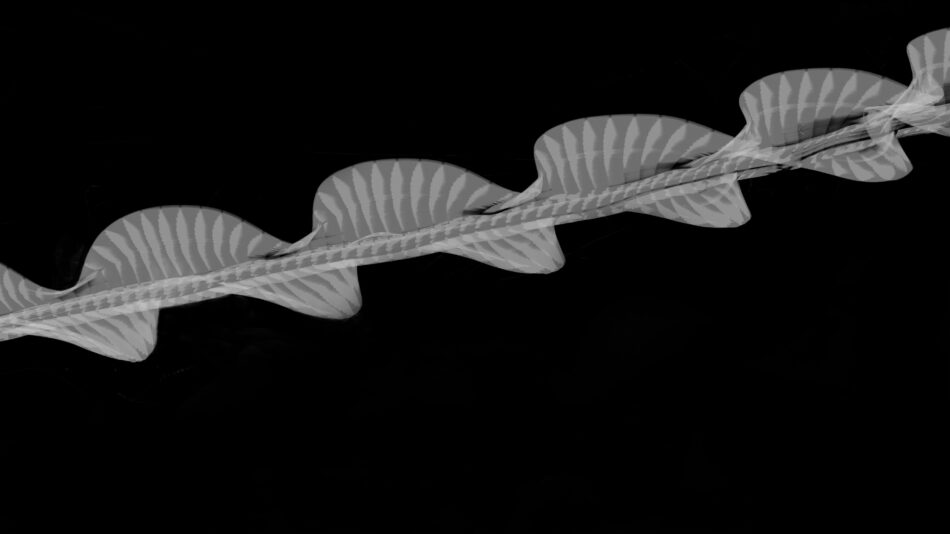
Most of my bird photography continued to be the simple capture of creatures in my backyard, like these male Hooded mergansers (Lophodytes cucullatus) engaged in a mating song and dance on the pond.
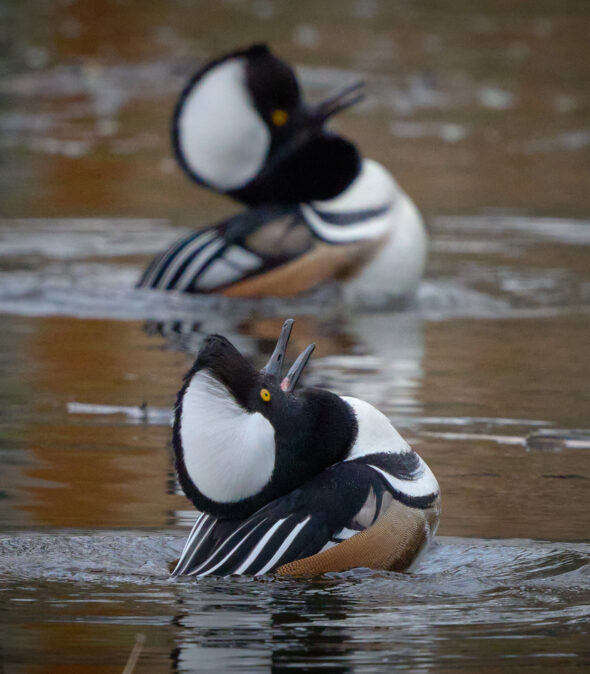
I’m fortunate to live close to some wonderful birding areas. Here’s an American kestrel (Falco sparverius), the smallest falcon in North America, in the William Finley National Wildlife Refuge.
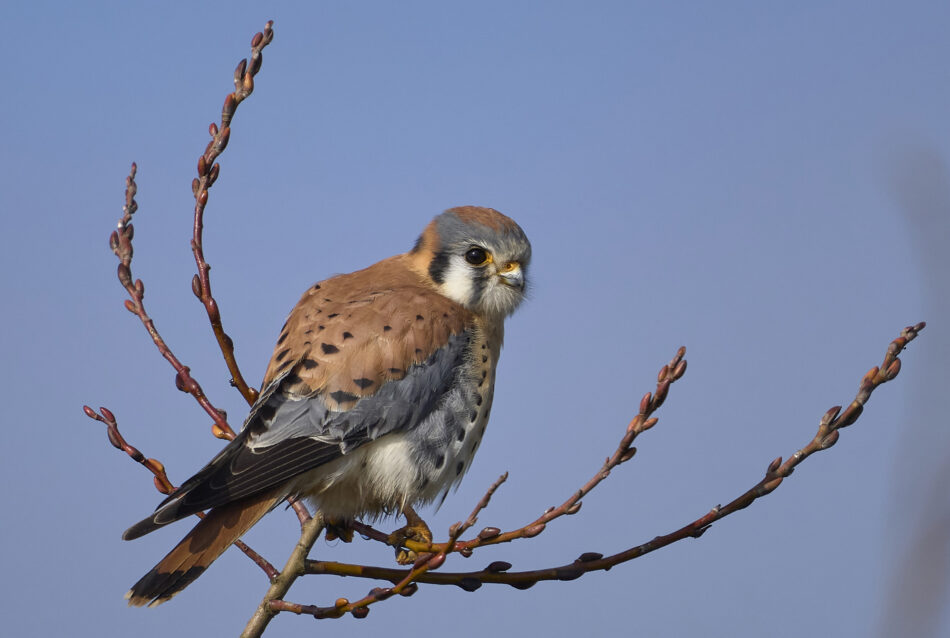
In the same refuge, a Red-wing blackbird (Agelaius phoeniceus) attempts to chase off a Northern harrier (Circus hudsonius) from its nest in a marshy area.
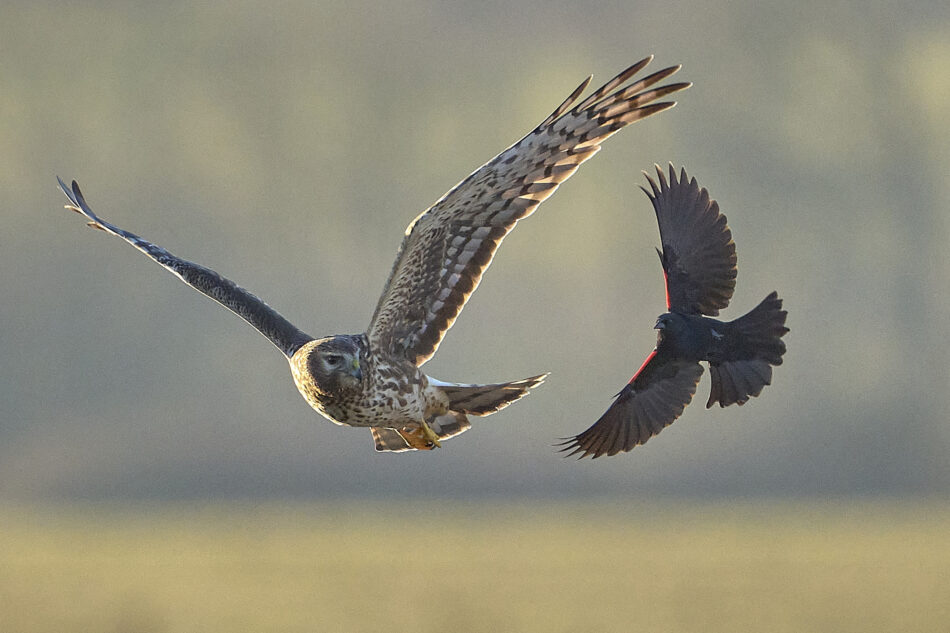
We’ve worked hard to create a welcoming environment for birds in our own backyard, so we were blessed with the presence of a Red-shouldered hawk (Buteo lineatus), a Black-capped chickadee (Poecile atricapillus) nesting in a birch tree, and a Bushtit (Psaltriparus minimus) chowing down on insects.
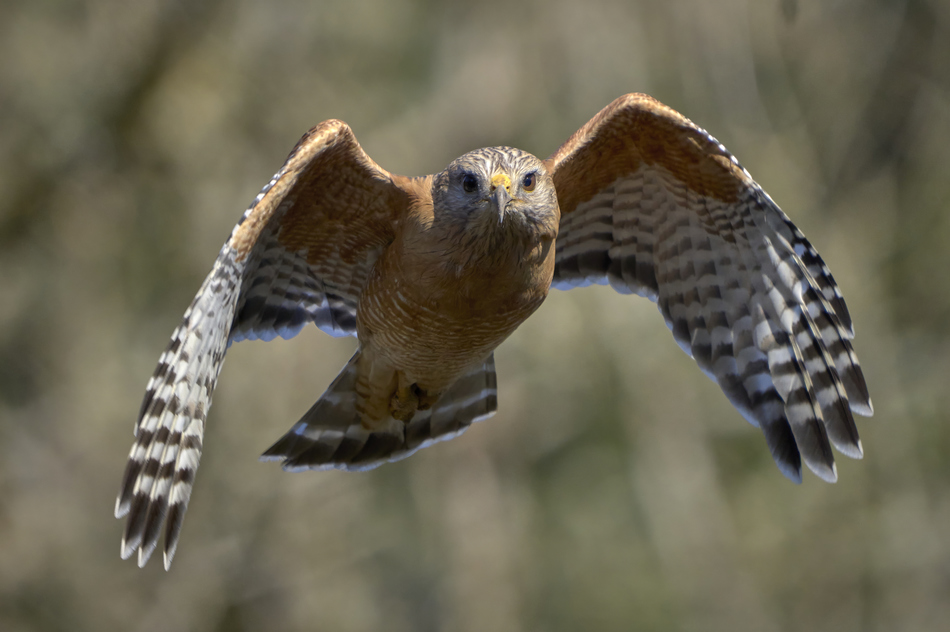
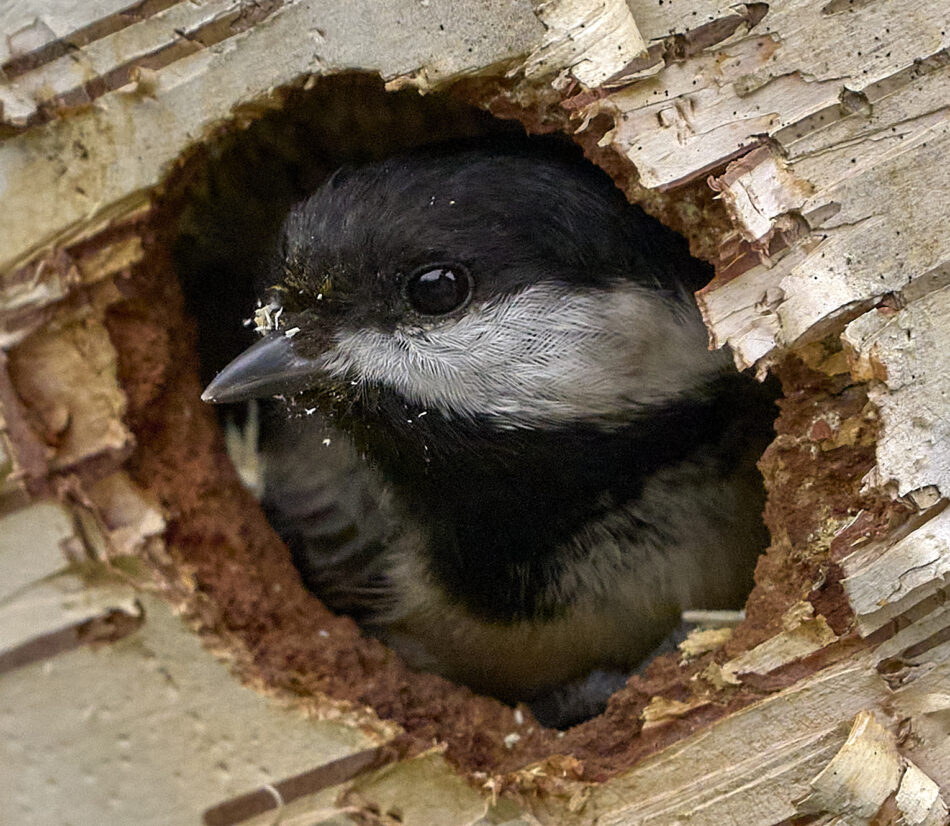
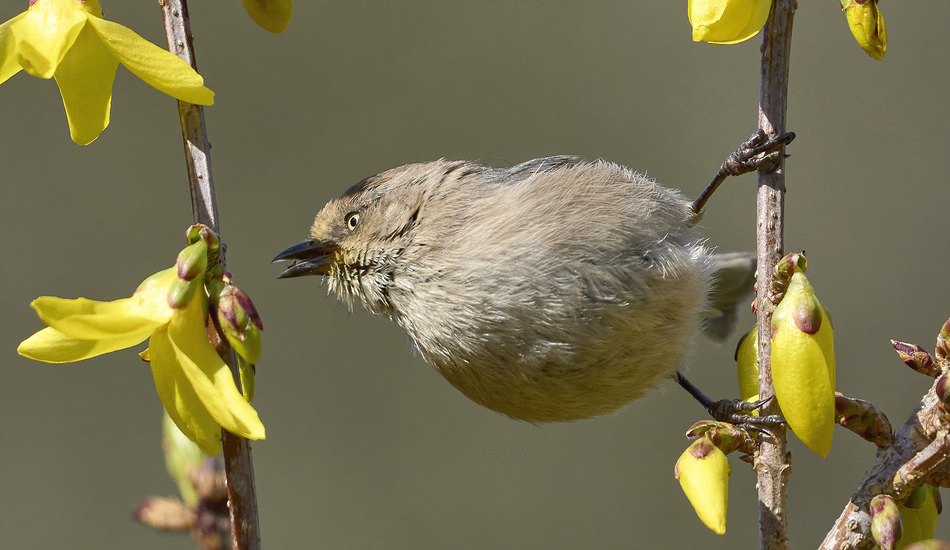
In February, our lives changed with the arrival of our grandson Logan. Logan and his parents lived with us until December, and Lyda and I have provided the bulk of his daytime care. Our tired countenances illustrate why people have children when they’re young. But he has been a blessing and a joy. And he’s a great hiker. (Thanks to Lyda for the photo.)
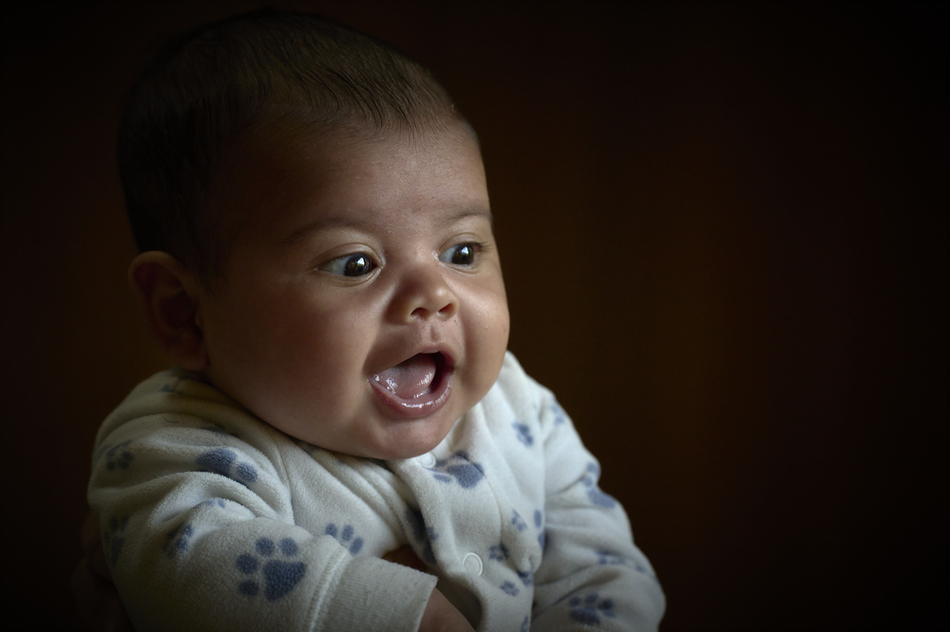
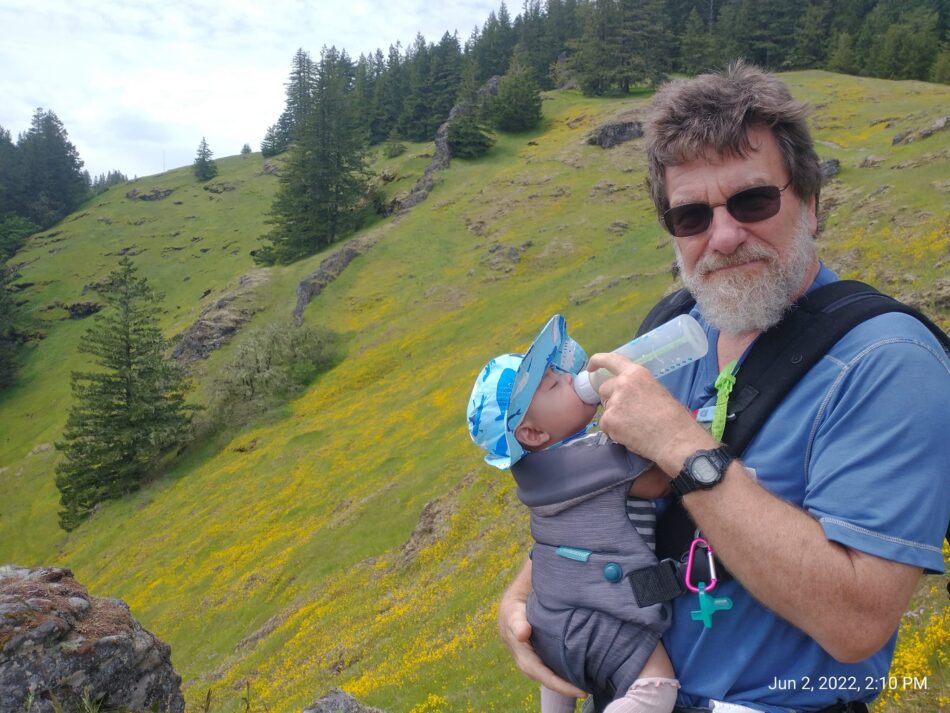
With Lyda managing child care, I travelled to southern California late in Lent to photograph a woman leader of United Women in Faith (the new name of United Methodist Women). While I was there, her congregation hosted families for the dyeing of Easter eggs.
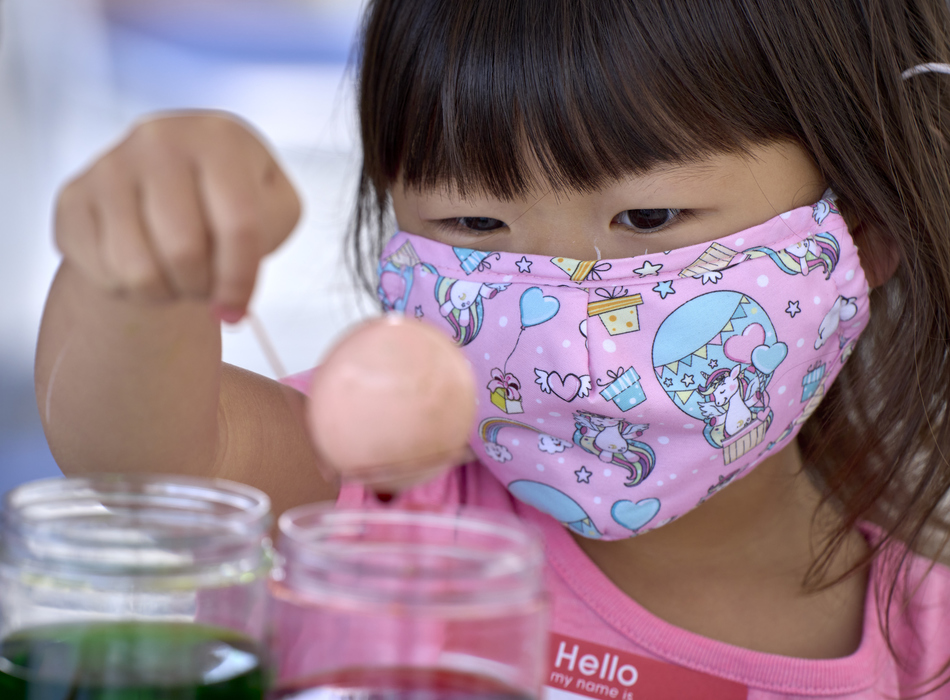
Back home and enjoying spring, we watched a Northern shoveler (Spatula clypeata) come in for a landing on our pond, a male Anna’s hummingbird (Calypte anna) delight in some Red flowering currant (Ribes sanguineum), and a pair of Cedar waxwings (Bombycilla cedrorum) pass a seed back and forth as part of a mating ritual.
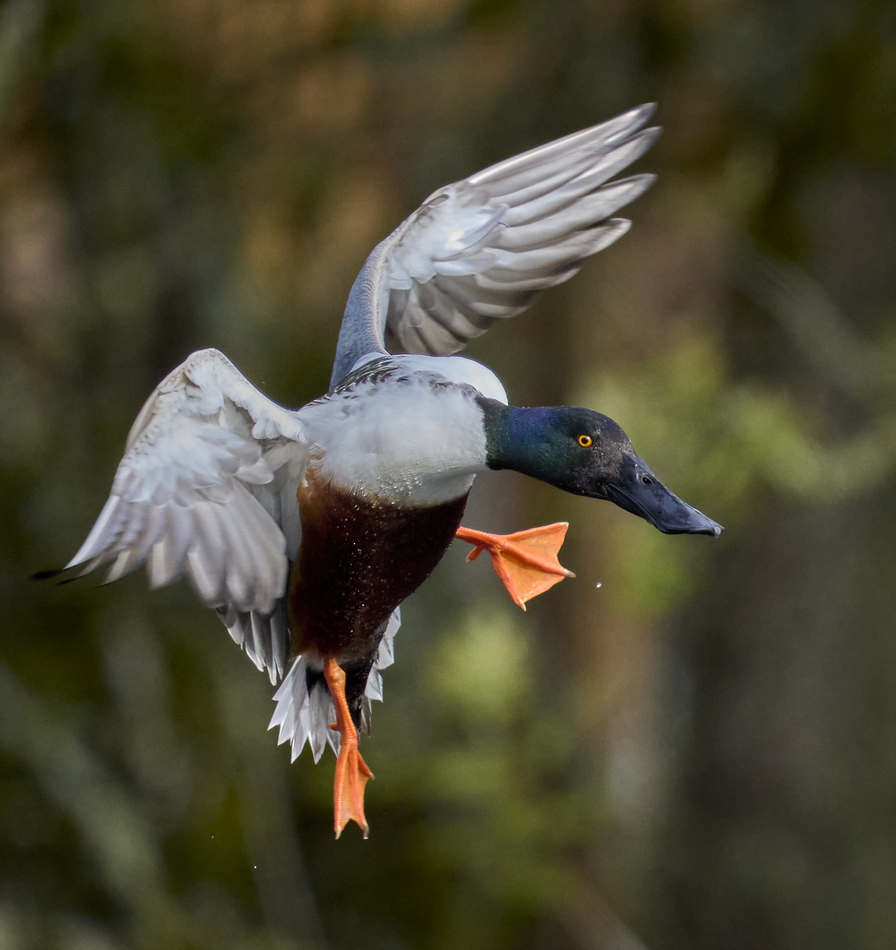
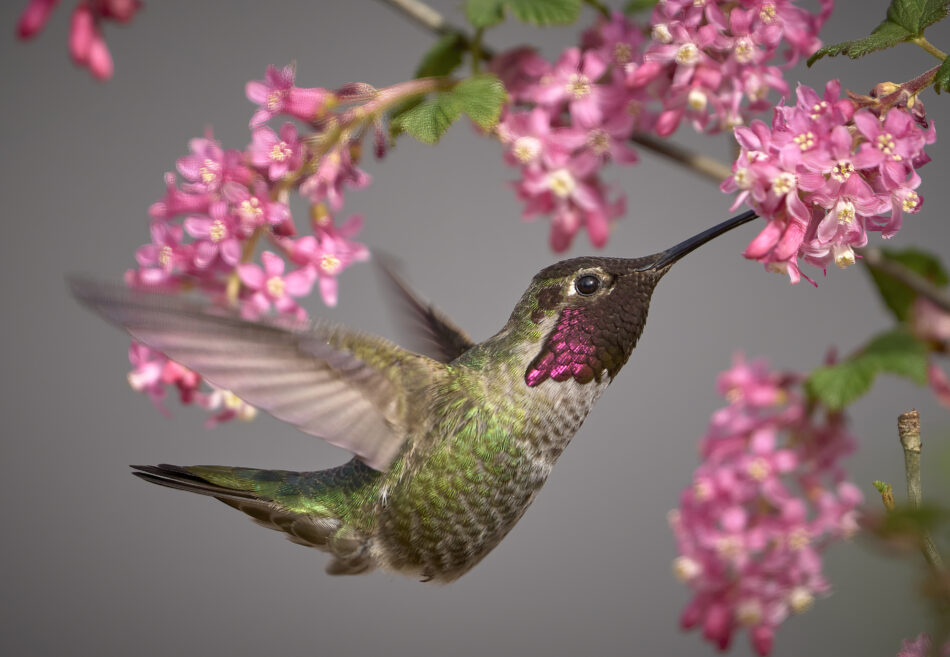
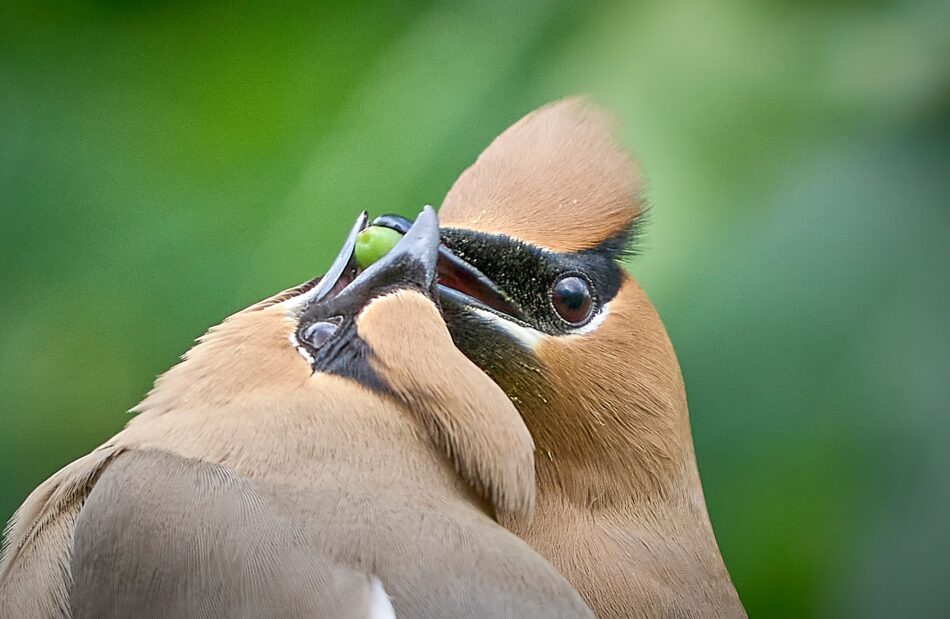
Just a few miles away on the campus of the University of Oregon, I photographed migrating Vaux’s swifts enter a chimney at sunset.
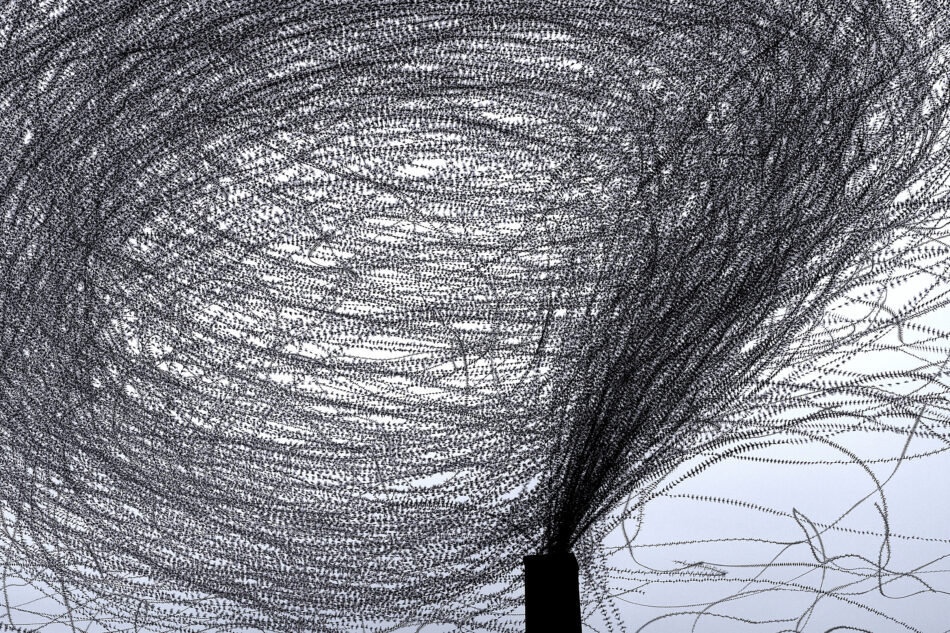
In May, I travelled to Orlando to photograph the United Women in Faith Assembly. Here’s a dancer from the Nimbus dance troupe, Iyana “YaNi” Davis, a performance poet and hip-hop artist, my old friend and super wise woman Janet Wolf, and Bishop Karen Oliveto consecrating Heidi Odalis Caban-Santiago as a deaconess.
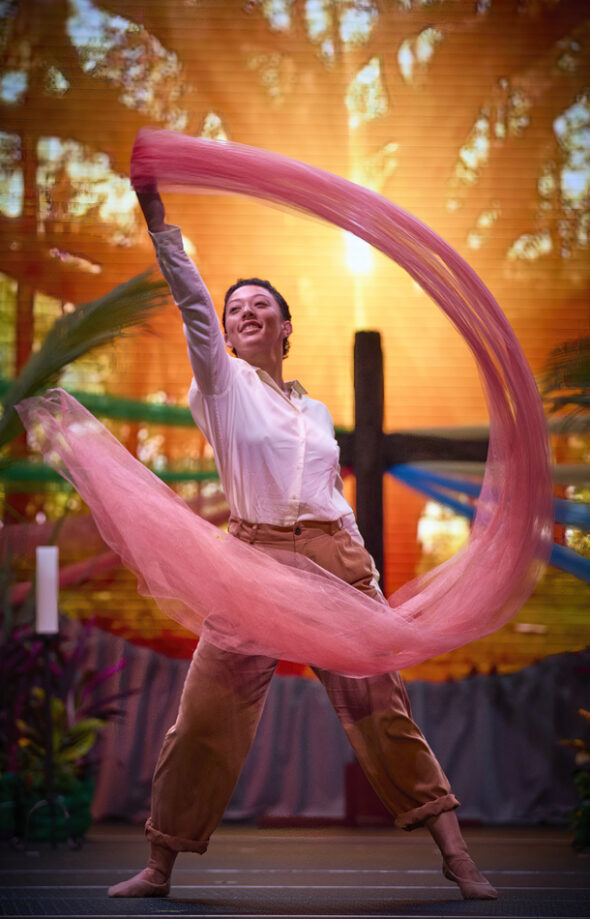

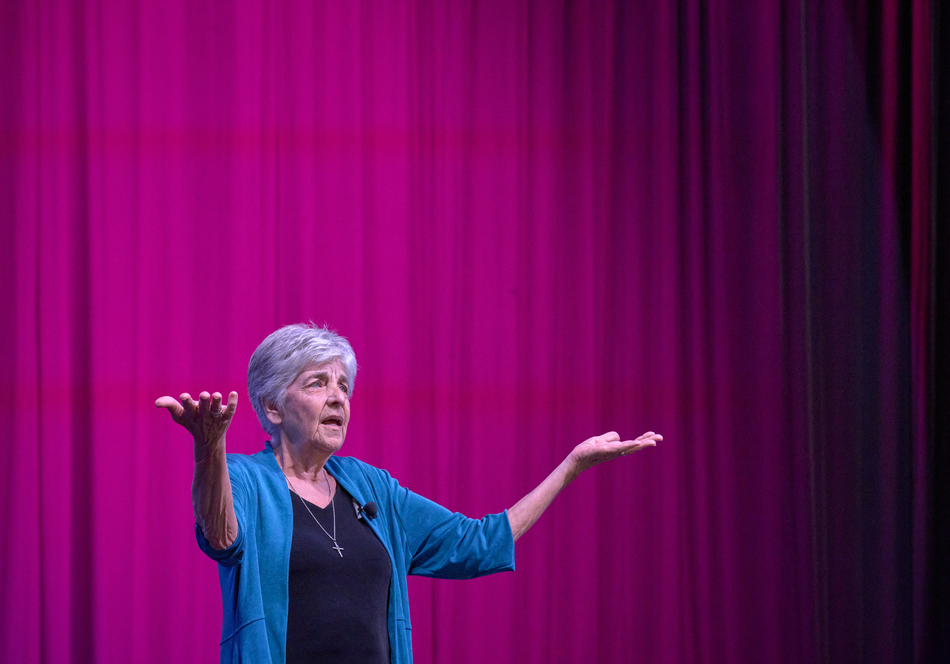
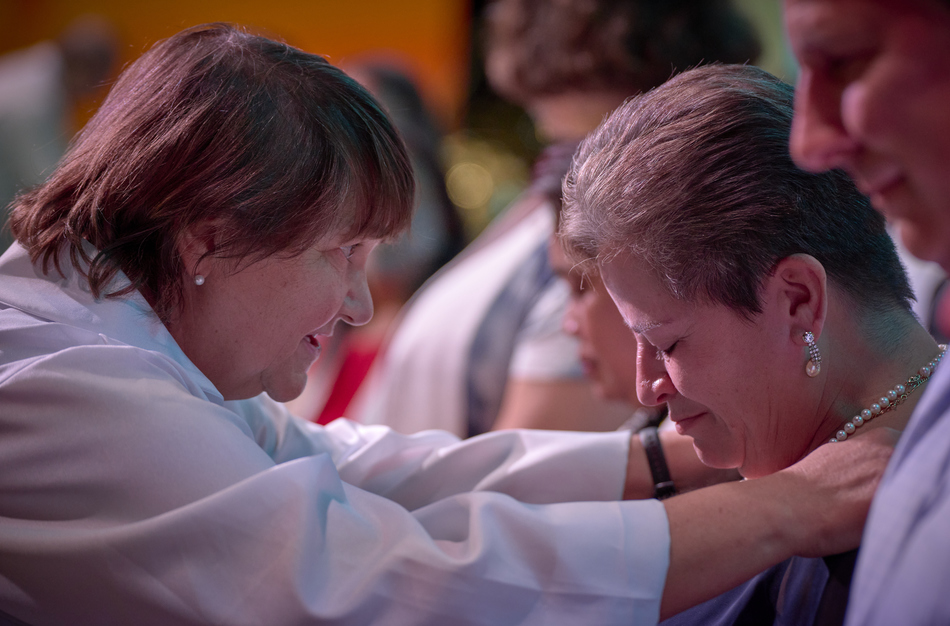
As we moved into summer, I photographed a female House sparrow (Passer domesticus) feeding its demanding baby. This family (yes, they’re non-native) took up residence in a birdhouse built by my granddaughter. And here’s another birds-in-flight image, this one created from eleven minutes of bug-eating activity over our pond. It’s one single image generated from 39,600 individual photos.
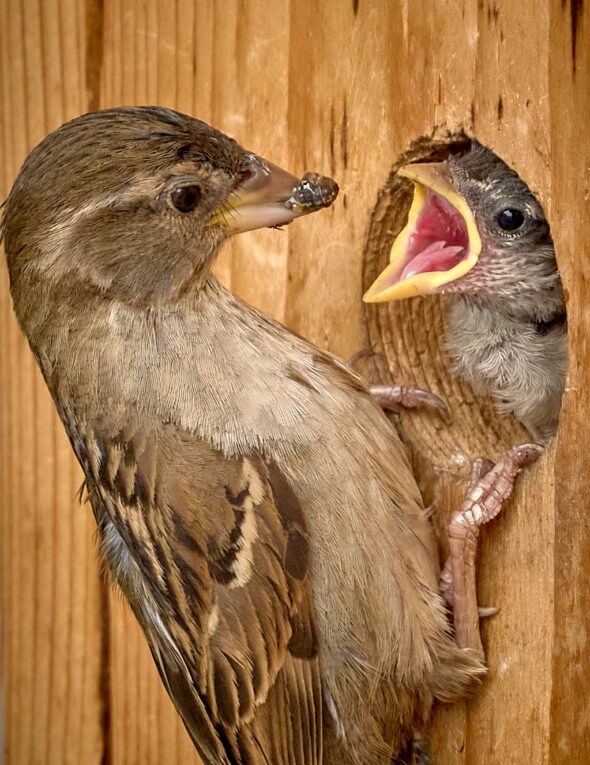
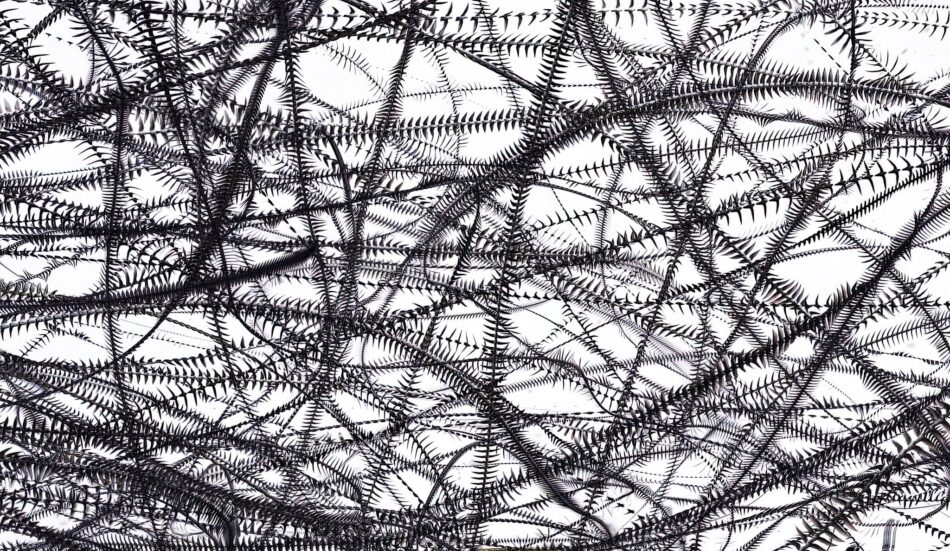
In Eugene, I documented people protesting our country’s fatal obsession with guns.
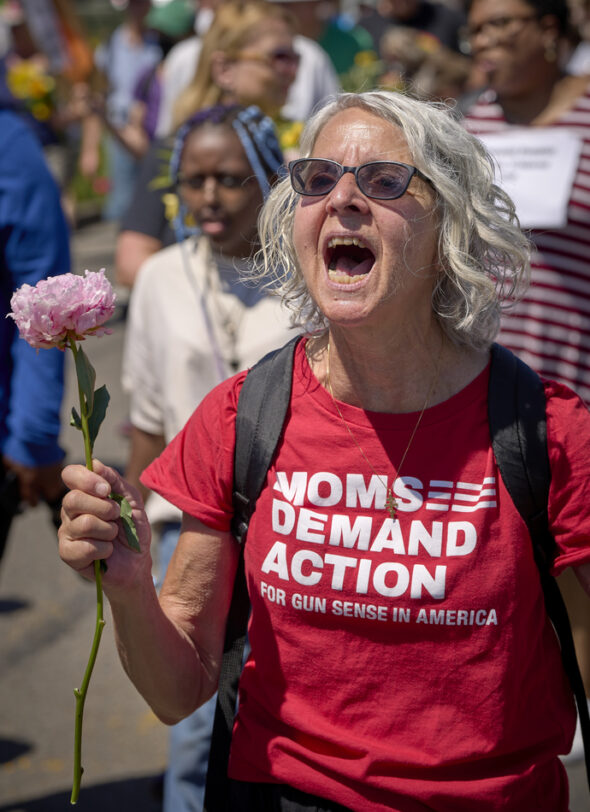
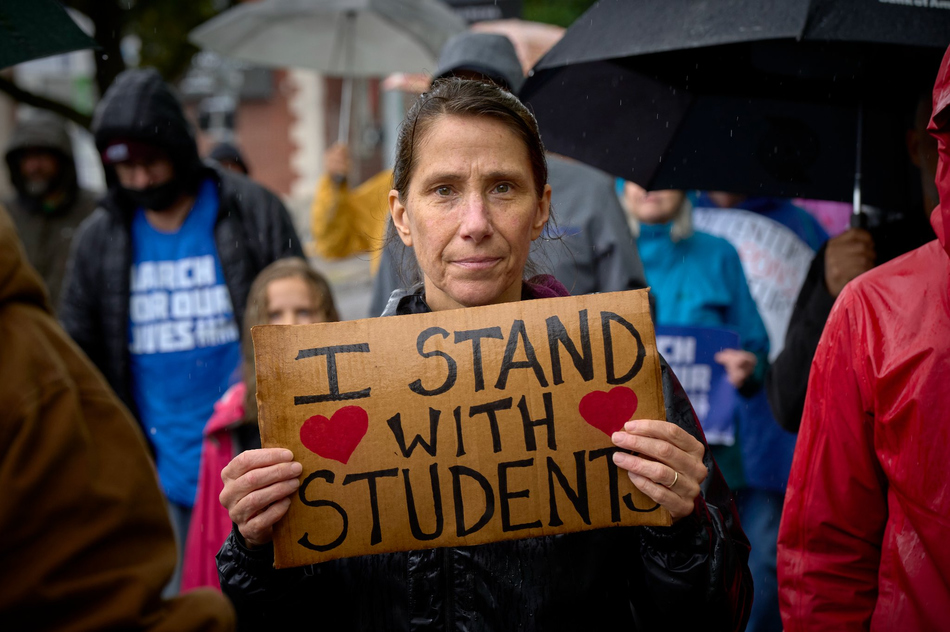
Lyda started educating Logan in basic communication skills. Wish her luck. She’s tried in vain for years to teach me.
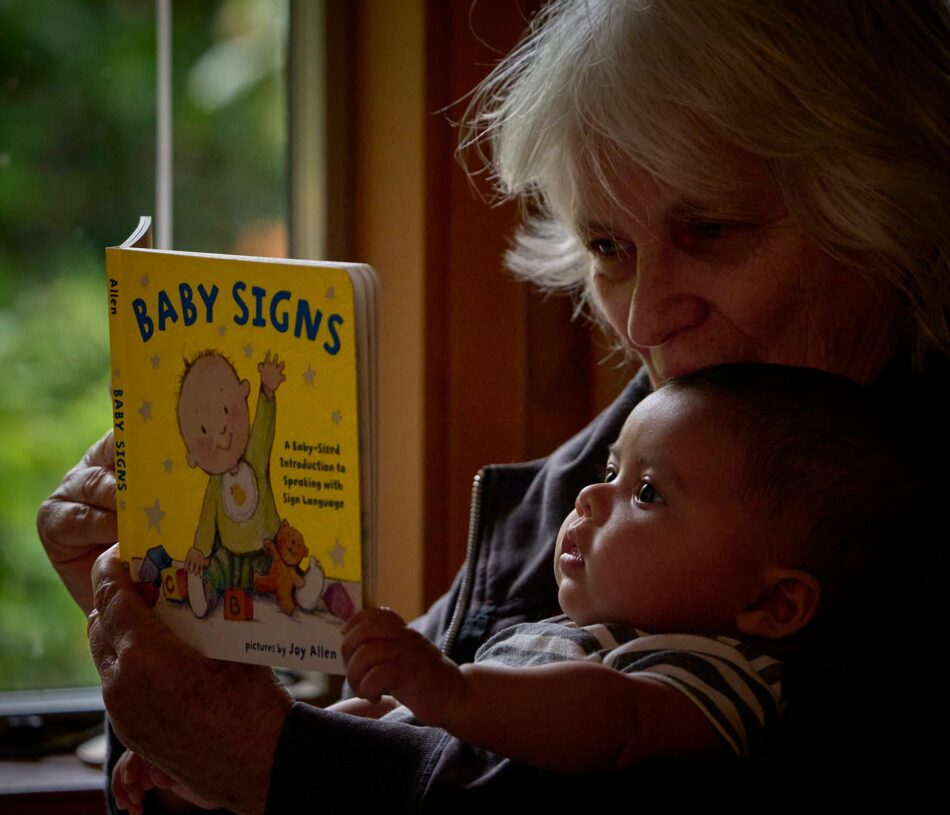
And when a mother hummer started feeding her babies, I used a remote-controlled camera to get close without bothering her. When she wasn’t feeding her growing babies, she was gathering food from our wonderland of native plants.
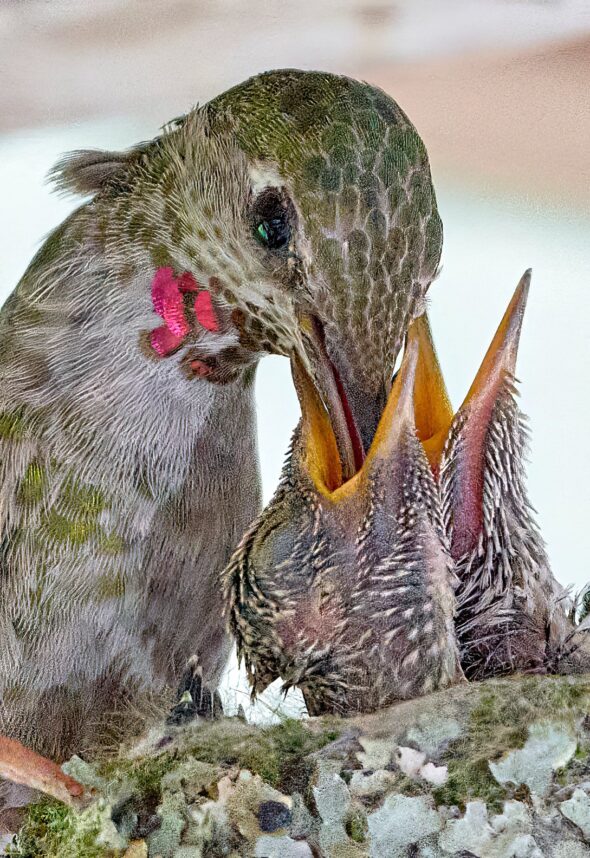
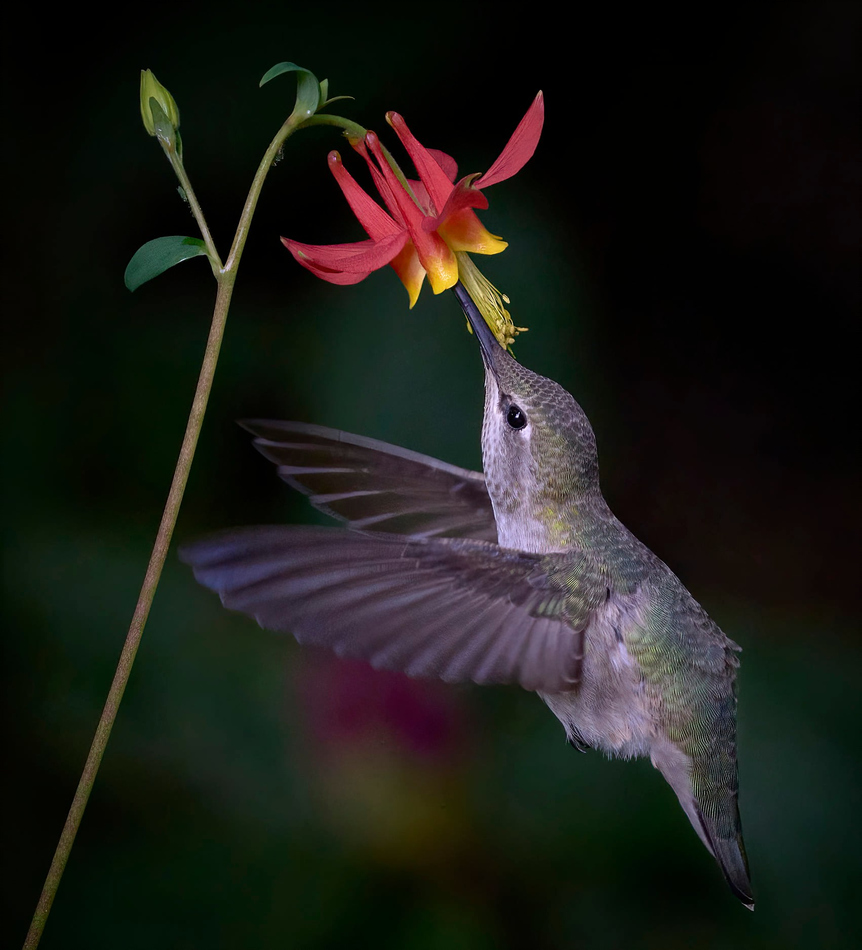
At the end of August, I went to Karlsruhe, Germany, to document the 11th Assembly of the World Council of Churches. I worked beside three photographer colleagues in what was a fascinating gathering. Samples include Bishop Michael Olusegan Akinwale, a delegate of the Methodist Church of Nigeria, passing through a security check on his way to the opening session; members of a local choir; participants singing; participants protesting; and Dundu, a giant “light puppet,” greeting people on the streets of Karlsruhe.
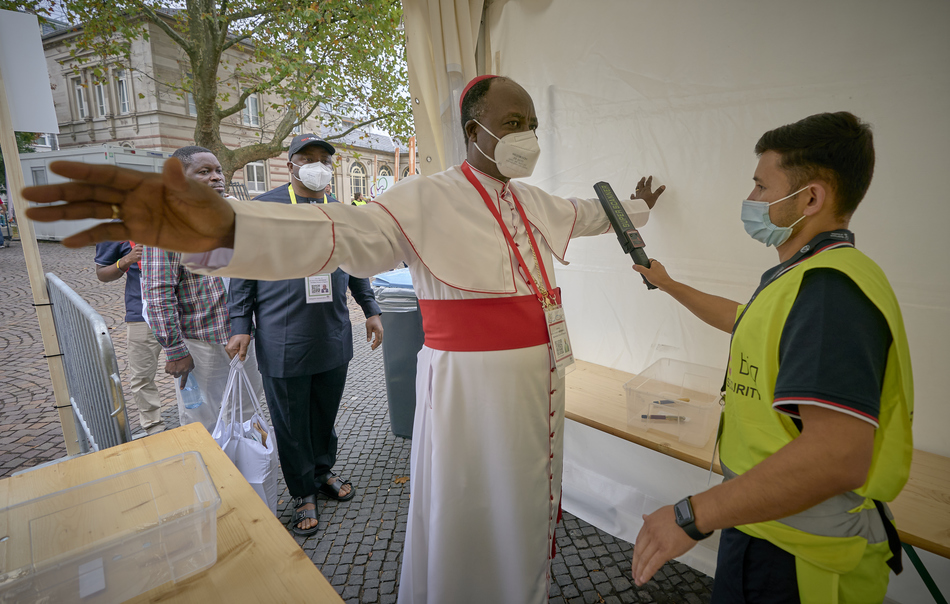
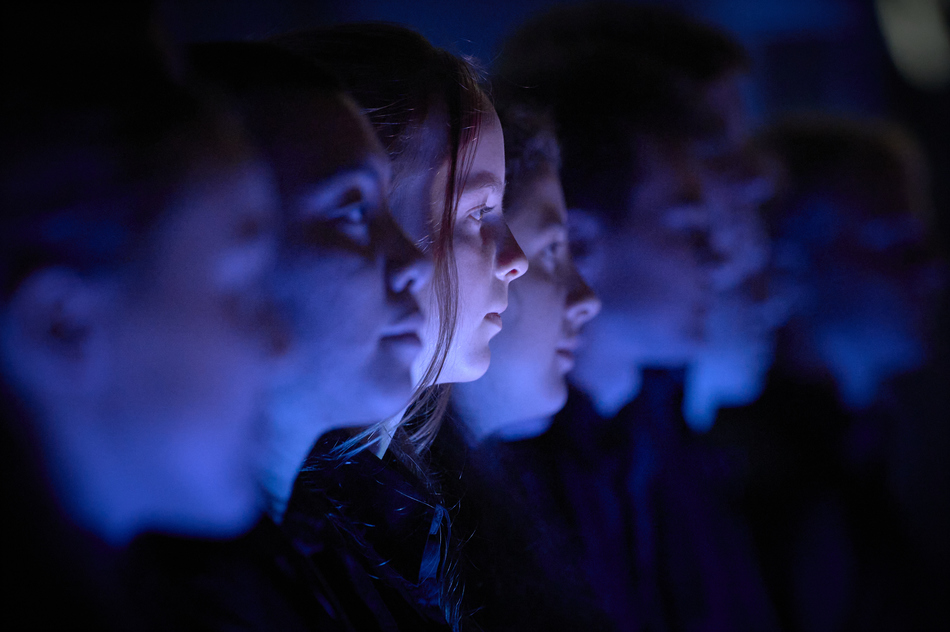
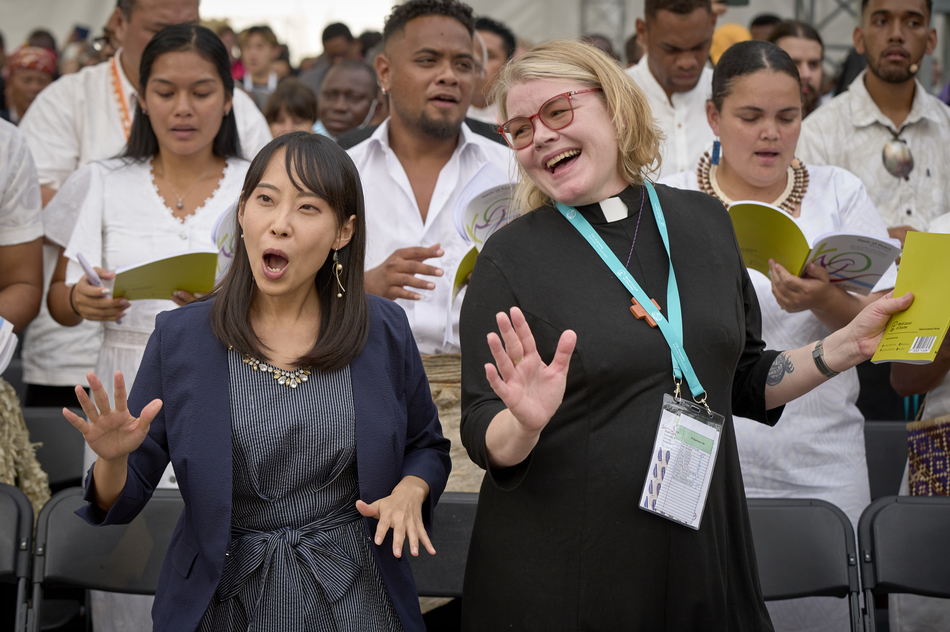
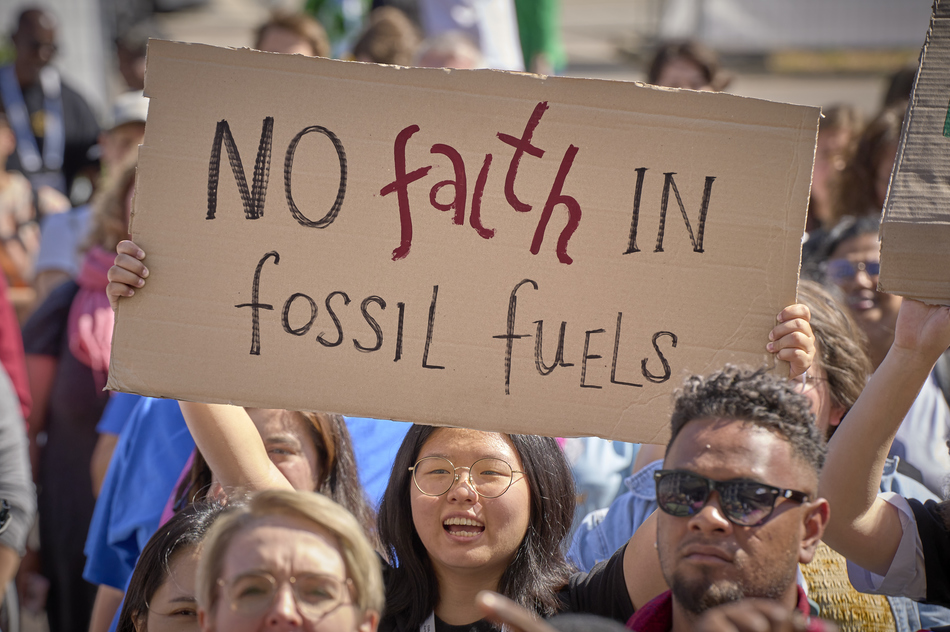
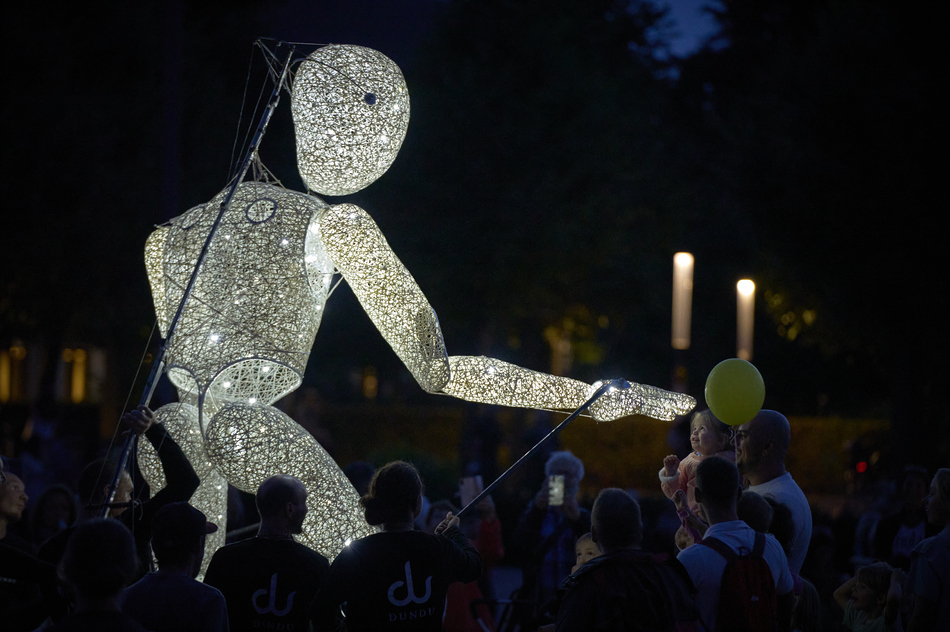
While at the WCC Assembly, I also got to watch people gazing at images of mine that were part of a large photo exhibit showing the church at work around the world. The photo in the center shows a Syrian Christian refugee kneeling in prayer after his boat landed on the Greek island of Lesbos. The photo on the right shows Eritrean asylum seekers praying before a shared meal in Germany.
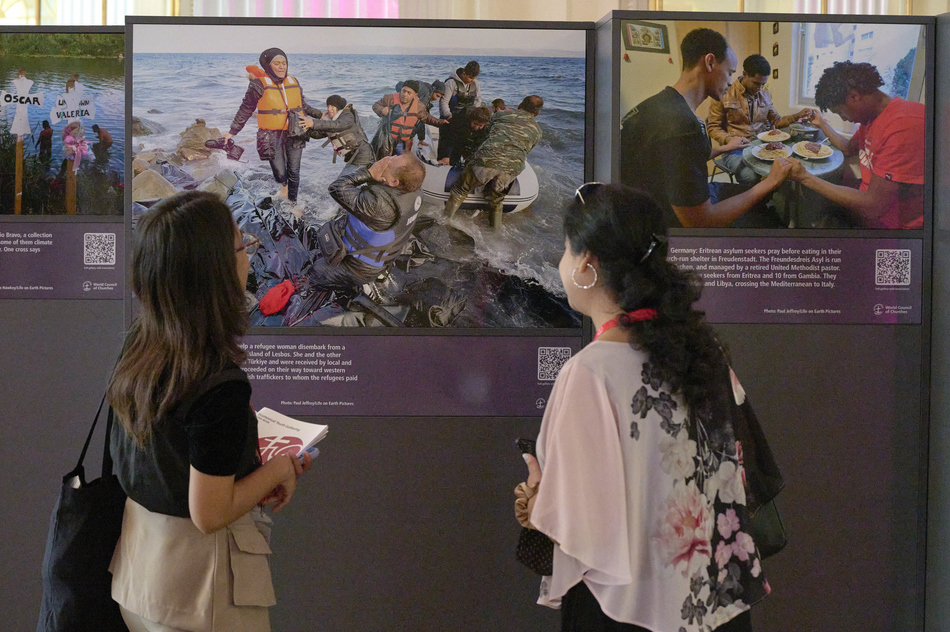
In the Philippines in September, I photographed people protesting on the 50th anniversary of the declaration of martial law by Ferdinand Marcos, who was driven from office by pro-democracy actvists in 1986. These protests took on real urgency after the election earlier in the year of Marcos’ son Bongbong as the country’s new president. Despite the concerns of human rights activists, Bongbong does have significant support, as shown here by a woman wearing a mask from his campaign as she prays during a Catholic Mass in Manila.
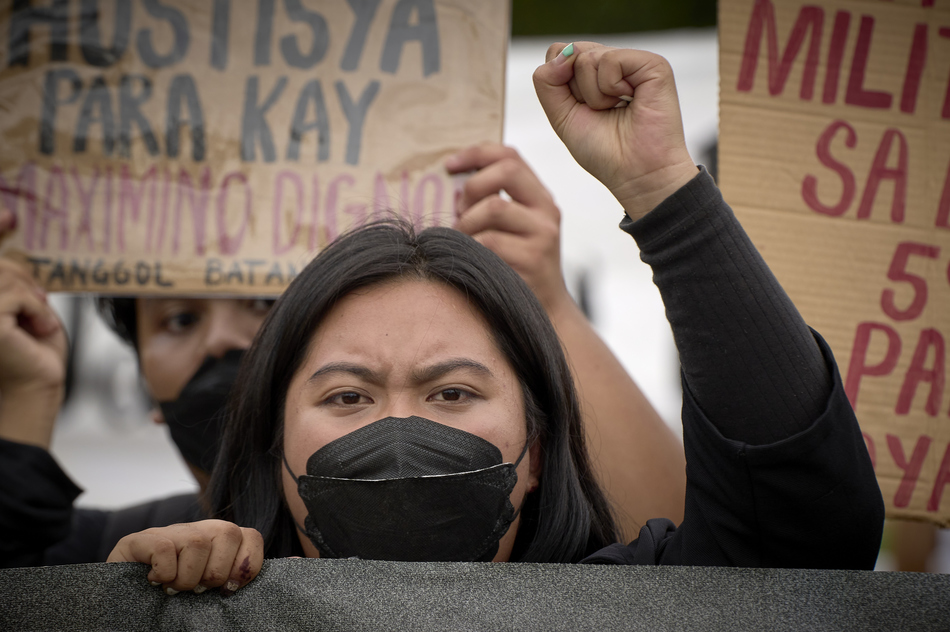
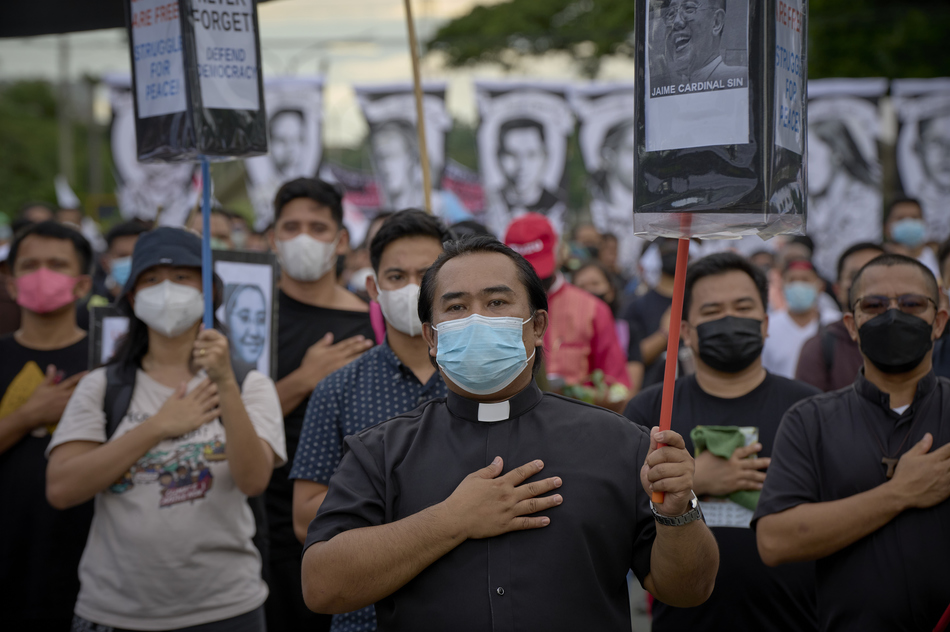
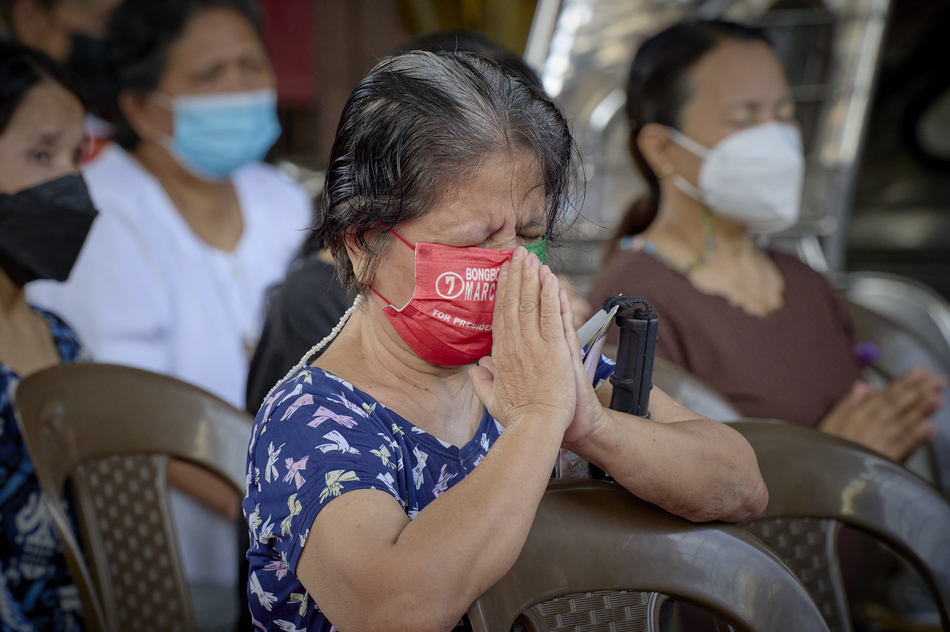
While in the Philippines, I also worked on a story about how the Diocese of Kalookan has established innovative “mission stations” in order to extend the outreach of the church to poor neighborhoods unreached by traditional parish structures. Here’s Sister Mitzy Perez, from San Luis Potosi, Mexico, a member of the Missionary Sisters Servants of the Word, blessing a child in a poor neighborhood of Kalookan, on the edge of Manila. Perez lives and works in the neighborhood, staffing the mission station the diocese established there. And here’s an image of 4 year-old John Ezekial Salbador carrying home a plate of rice and beans from a feeding program for children carried out by the mission station in a neighboring community.
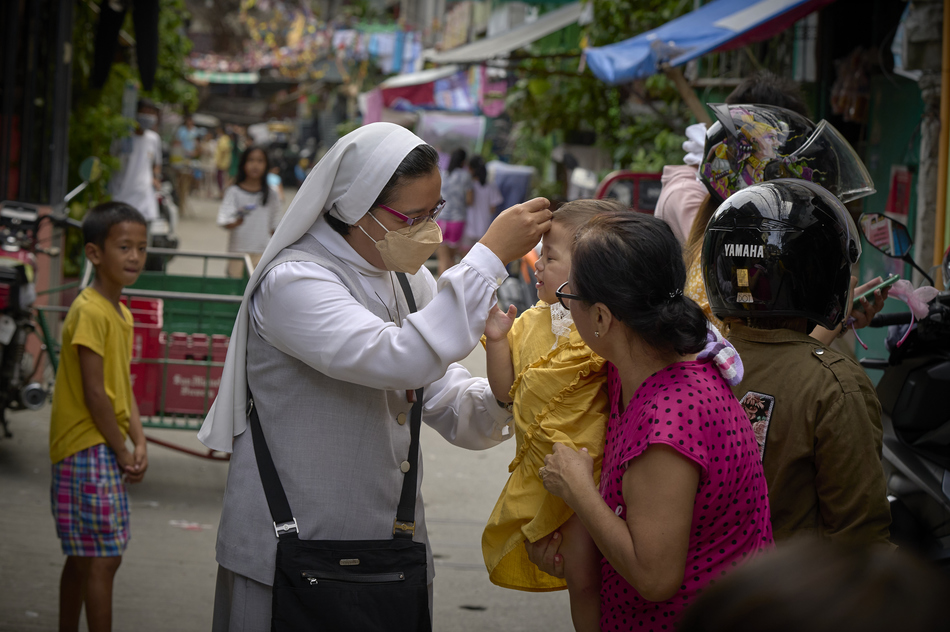
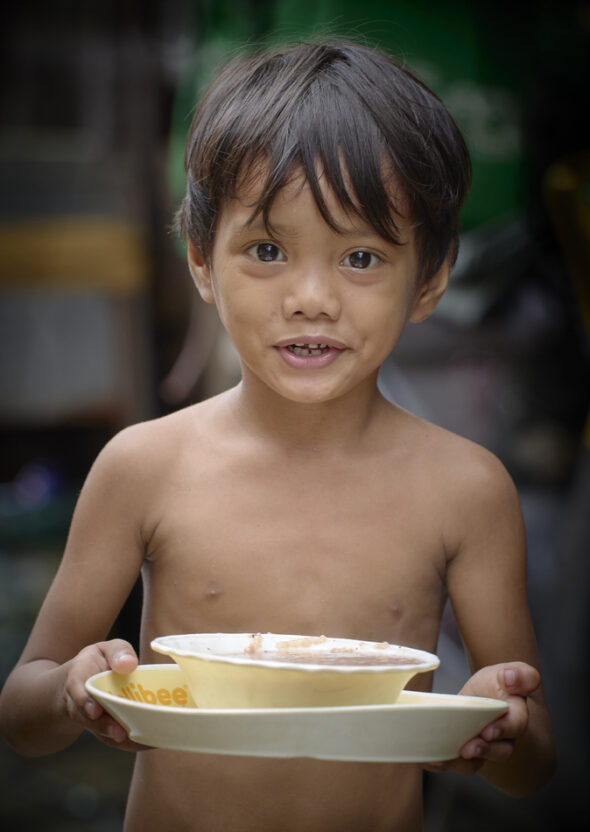
The story I wrote about the mission stations is the last I filed for Catholic News Service, the news agency of the US Catholic bishops. Unfortunately, the bishops decided to close the agency at the end of 2022, a decision based ostensibly on dwindling finances. Yet some of the bishops who argued to close CNS had issues with its objectivity, preferring a conservative competitor with ample financing from wealthy conservatives. In our shrinking media landscape, that competitor and its spin benefit from the shuttering of CNS.
This is bad news for me as I try to finance travel. I first filed with CNS in 1996, and over the last 26 years have sent stories from remote corners of the Amazon, from a rebel group’s headquarters in a cave in Sudan, from early morning coffee in La Paz with Evo Morales, from refugee camps all over the globe, from international conferences on HIV and AIDS, from the trial of Bishop Juan Gerardi’s killers, from protest camps on the Vieques firing range, from drought-stricken Ethiopian villages, and from the Obama White House. I’ve reported on post-war reconciliation in Angola and Colombia and El Salvador, on sharia law in Banda Aceh and red-tagged nuns in the Philippines, on quakes in Pakistan and Haiti, on mothers looking for their disappeared children in Mexico, on Mosul after ISIS, on modern-day slavery in Pakistan, on serial killings in Ciudad Juarez, and on the Lord’s Resistance Army in Uganda. I’ve filed stories from Chiapas and Gaza and Benghazi and Goma and Aleppo and Timbuktu and Managua and Kathmandu and many other fascinating places. I grieve the closing of CNS, which helped people trying to understand the Catholic Church’s interaction with the world.
I continue to report for United Women in Faith, fortunately, and in the Philippines traveled with Emma Cantor, the group’s regional missionary, to visit a women’s group making peanut butter in the Mindanao town of Banaybanay. Here’s Marlyn Ramos winnowing peanuts as part of the project, which raises money to support the congregation’s mission work. And here’s Emma, sampling the merch.
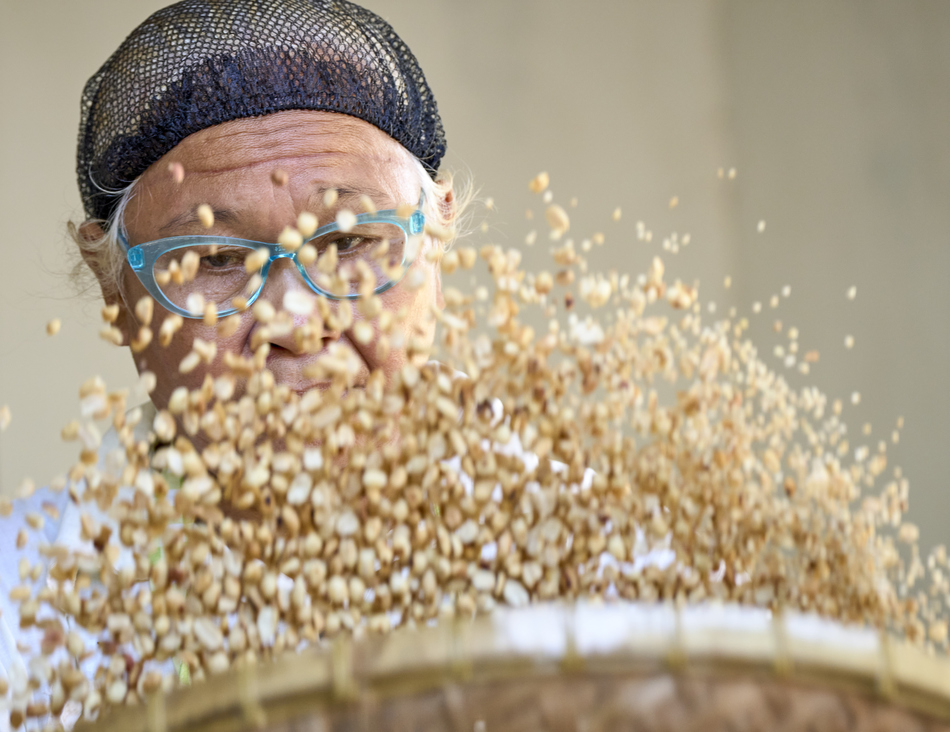
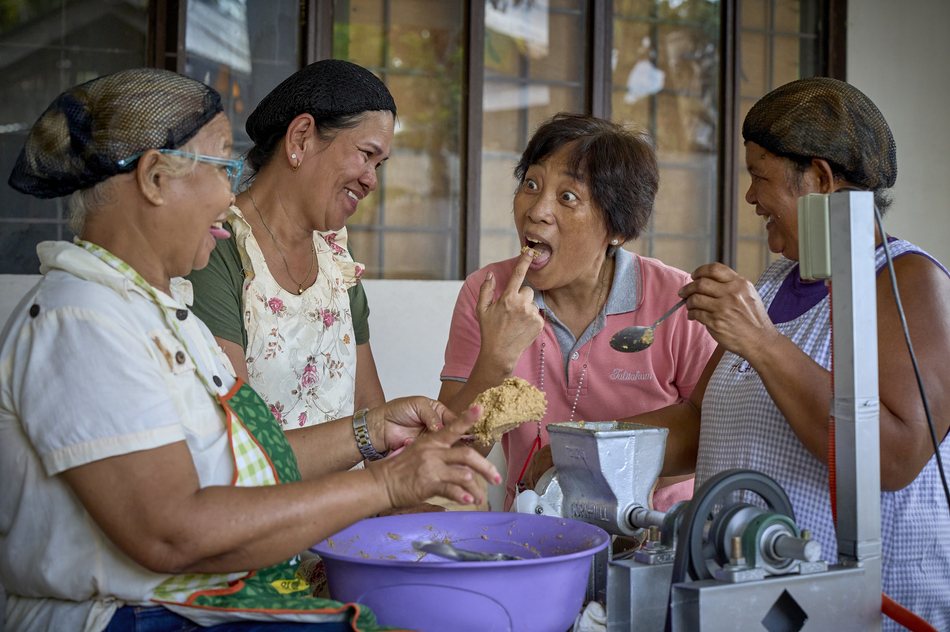
I also worked on a story in Olongapo about a group of women who all worked in the sex trade that serviced the U.S. military presence at the base in Subic Bay. Although the U.S. base officially closed 30 years ago, U.S. troops continue to arrive under a visiting forces agreement. And here’s Alma Bulawan among the town’s bars. She founded the group in the 1980s and has long enjoyed support and encouragement from United Women in Faith and other church groups. Like some other stories I’ve written, this piece will provide a window into the connections between militarism and violence against women.
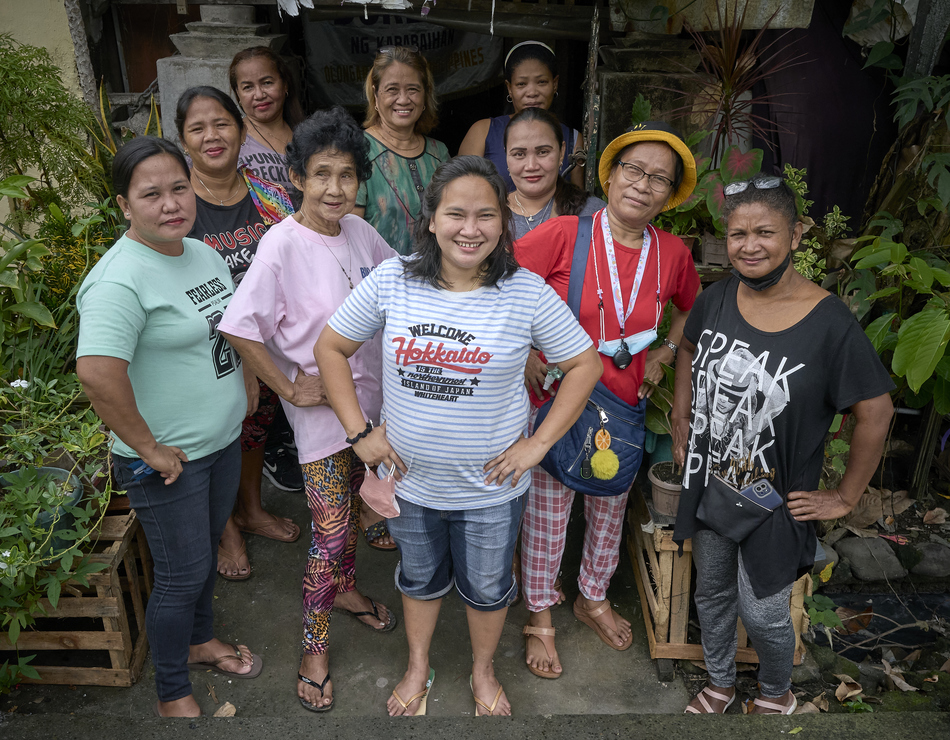
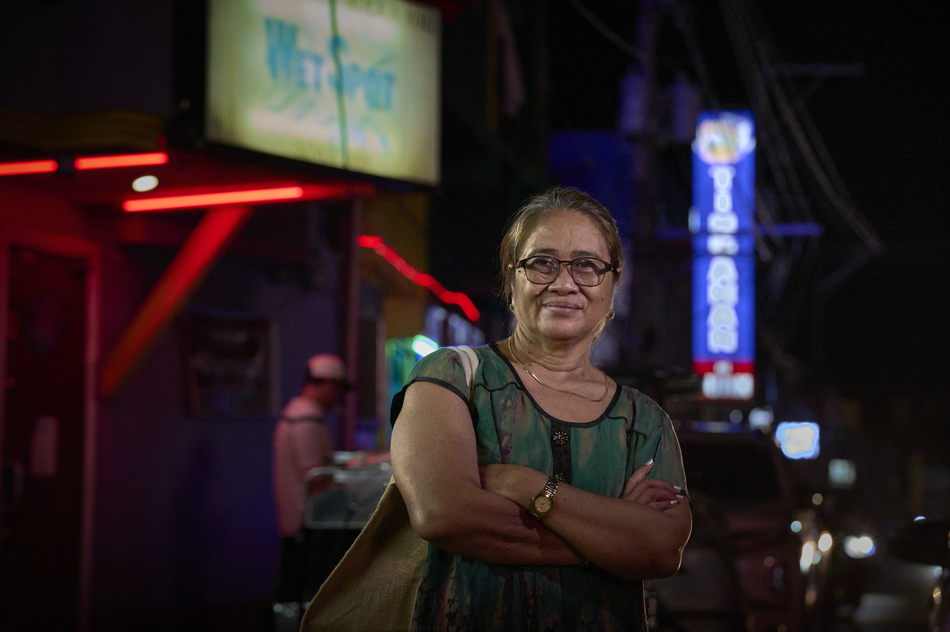
I traveled to Thailand in October to cover the situation of refugees from Myanmar living in camps along the border. They’ve been there a long time, and since the 2021 coup in Myanmar chances of them returning home are nil. At the same time, the world has moved on to other crises, so resettlement chances are slim. They remain in the camps, many stateless. Here are people in the Ban Mai Nai Soi refugee camp.
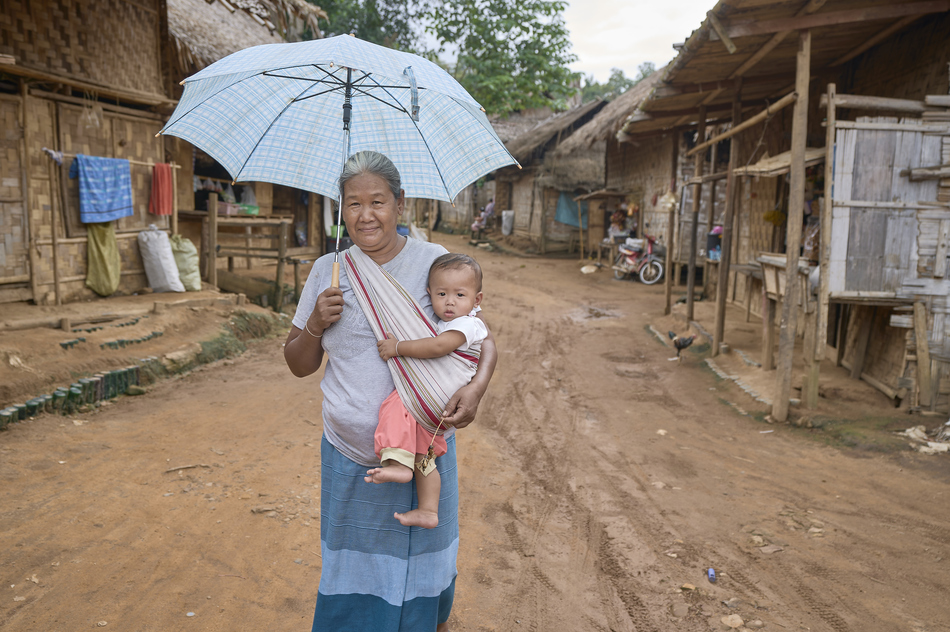
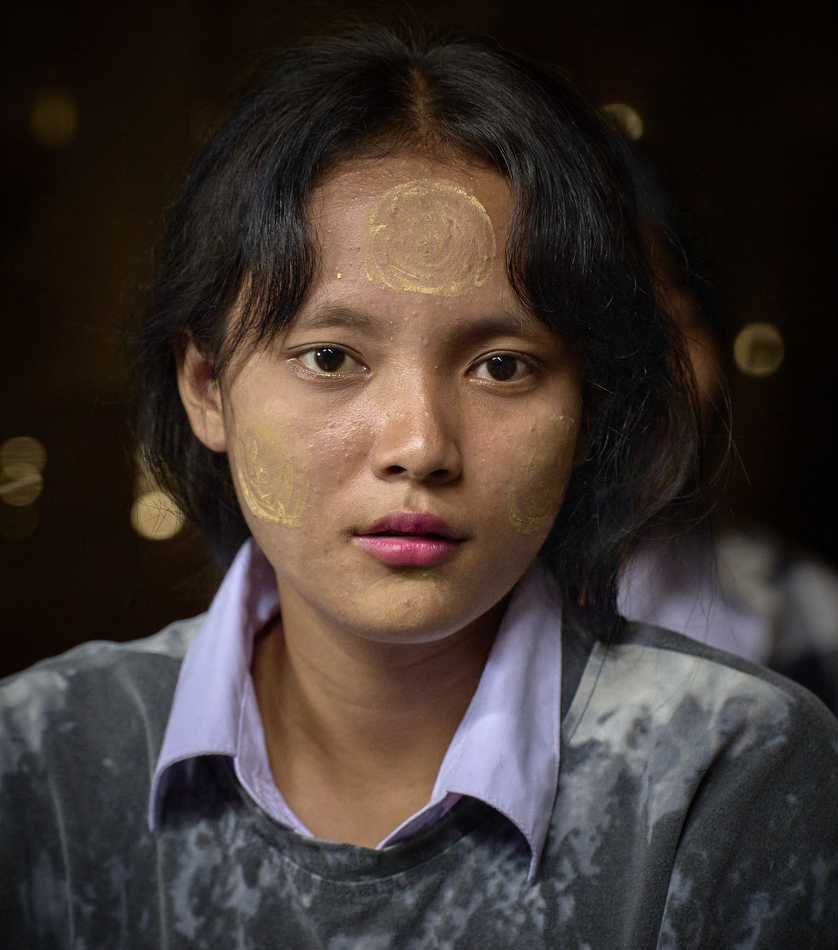
The Catholic Church has continued to accompany the refugees, helping build hope in tough conditions. Here’s Burmese Sister Stella Pie Pi Moe teaching children to play the flute in the Ban Mai Nai Soi refugee camp. The flutes are cut from common PVC pipe.
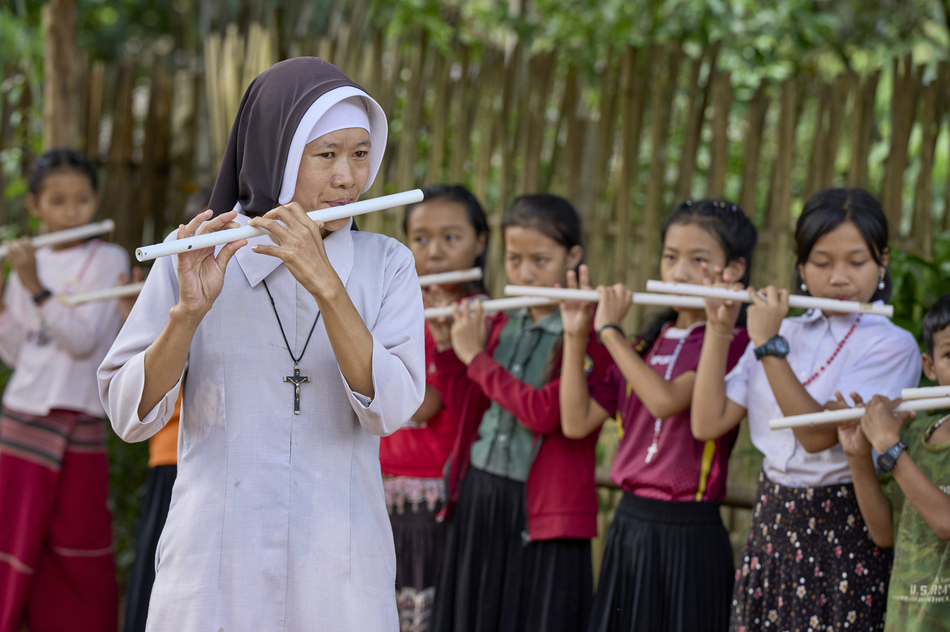
Here’s nine year-old John Paul and his 8 year-old sister Julia using Facebook Messenger to chat with their grandmother, Lucia Oomeh. The children live in the Ban Mai Nai Soi refugee camp, while their grandmother lives in Lincoln, Nebraska. She resettled from the camp more than a decade ago. Today the two children, and an older brother, are orphans–their parents both died in the camp of disease–and so their grandmother would like to bring them to the U.S. But current U.S. refugee resettlement quotas don’t allow that, so the kids remain in the camp, stateless, living in a shelter run by some Burmese priests and nuns. They talk once a week to their grandmother on a phone they borrow from a priest.

Since the coup, the renewed use of landmines by the Myanmar military has produced a new generation of landmine victims. Here’s Tal El Soe, a 20-year old member of the opposition People’s Defense Force who was quickly trained as a deminer in Myanmar. He’s recovering from his injuries in a small rehab center in the Ban Mai Nai Soi refugee camp. The third mine he handled blew up in his face on May 5, 2022. He lost seven fingers. He has no sight in his left eye, and his right eye can see what he describes as “galaxies.” He’s hopeful he’ll be able to recover some of his sight. He says he would like to regain his vision “so I can see my friends again.”
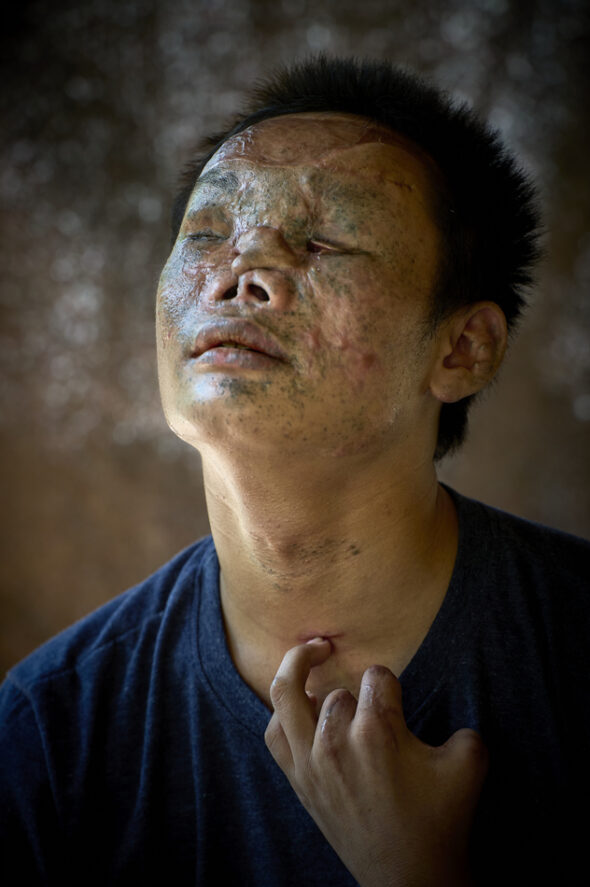
Besides refugees in Thailand, more than 1.3 million people remain displaced inside Myanmar; more than 1 million of them have been displaced since the 2021 military takeover. Amid enormous difficulties, the church works to help them survive. In this image, workers load bags of rice on to boats in Mae Sam Laep, a Thai village on the Salween River, which here forms the border between Thailand and Myanmar. Boats are loaded here with food and other humanitarian supplies, the first stage of transporting the material to communities of internally displaced people within Myanmar. This shipment of rice was provided by Maryknoll and transported and distributed inside Myanmar by Catholic activists.
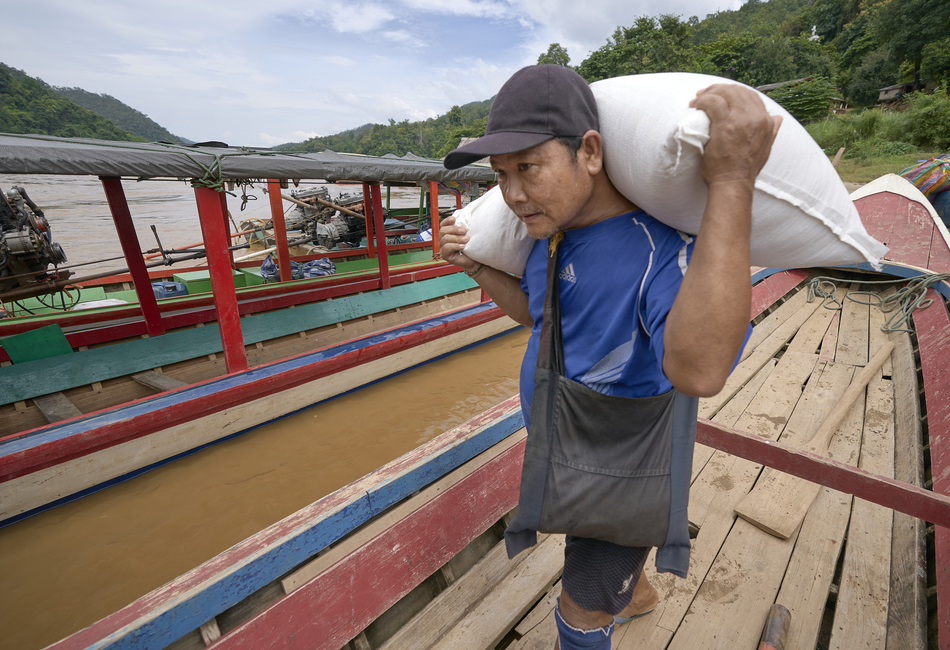
Back home, Logan continued to grow, eventually being able to hoist himself up and gaze through the window at the fascinating world outside. And on Halloween, he was a natural to play the devil.
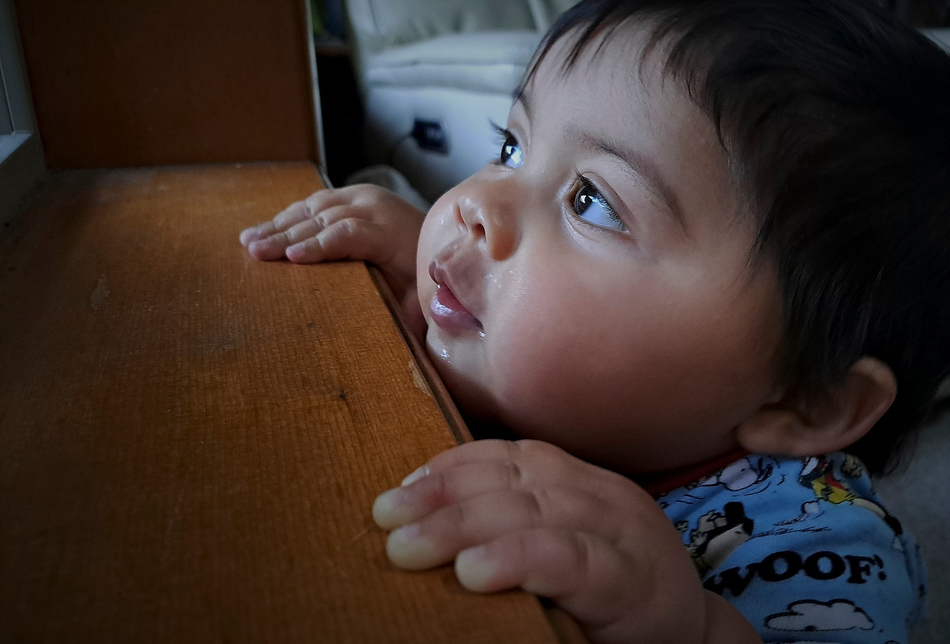

As the year moved toward an end, I did a quick trip to document life at United World Colleges’ USA campus in Montezuma, New Mexico.
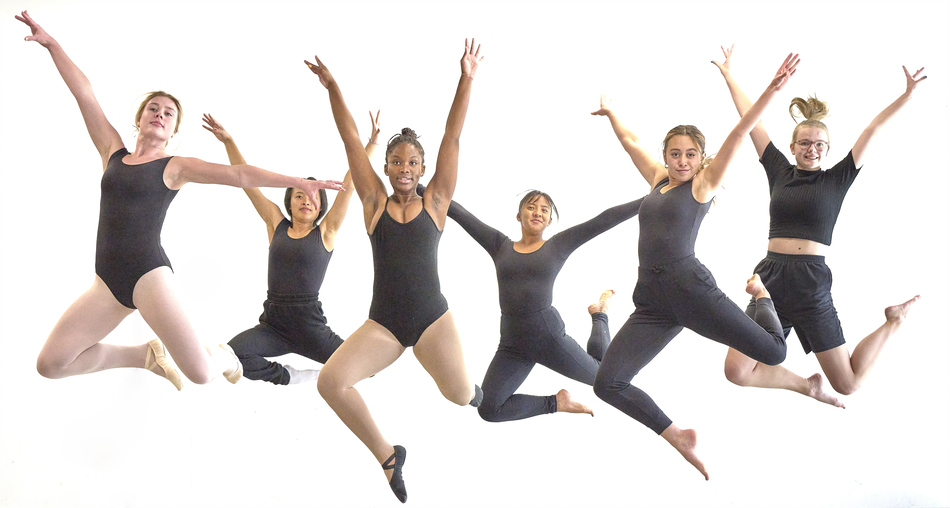
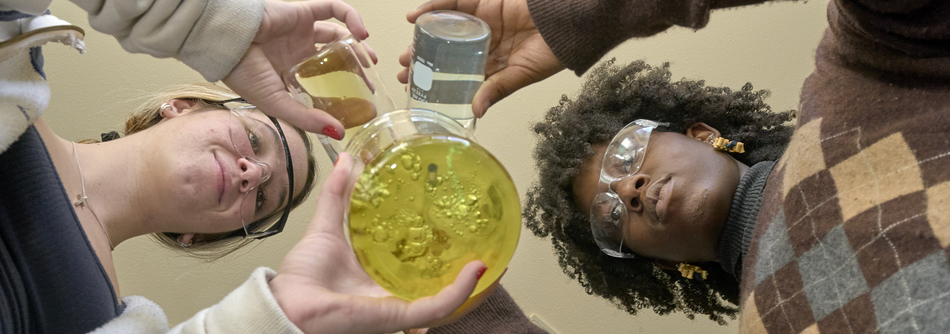
Documenting classroom activity can be tough, as it’s hard to make an interesting image of people just sitting and talking. Fortunately, students in an economics class had to use interpretive dance to explain complicated economic theories to another student who had to draw them on the whiteboard.
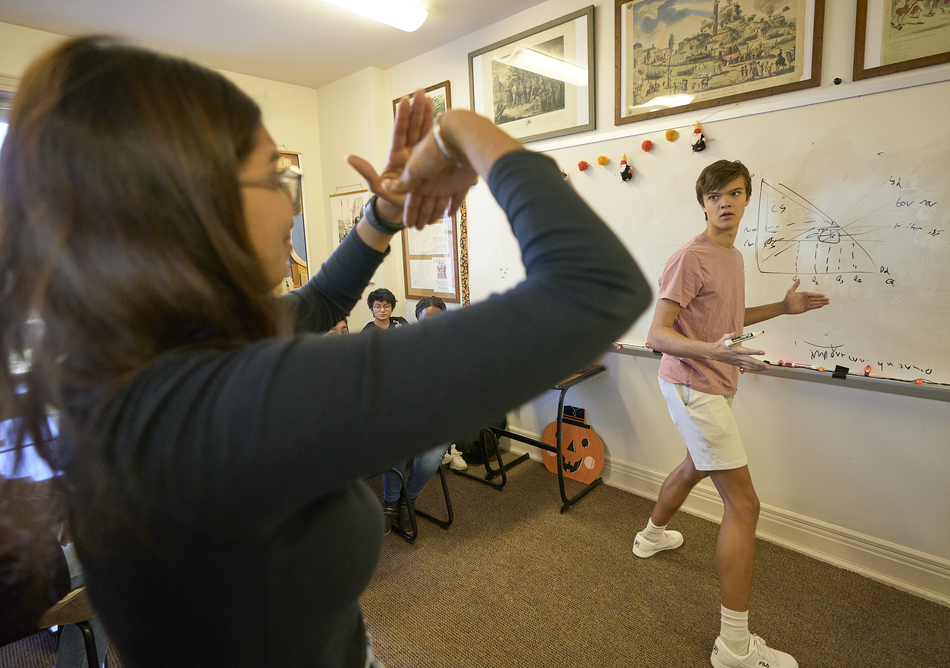
In what’s become an annual tradition, I spent a couple of cold mornings documenting the lives of spawning Coho salmon as they fight their way up a nearby stream that’s a tributary of the Siuslaw River.
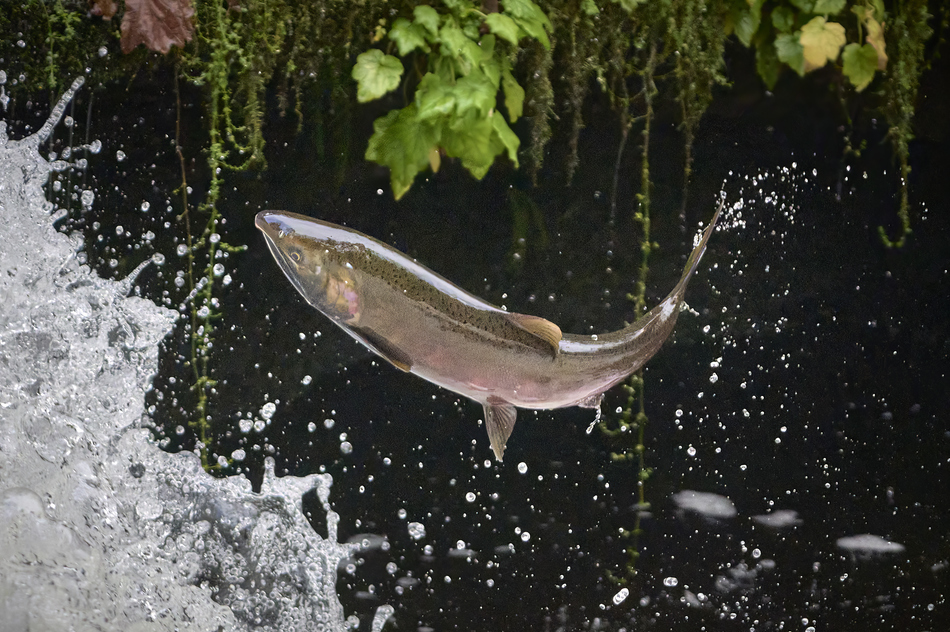
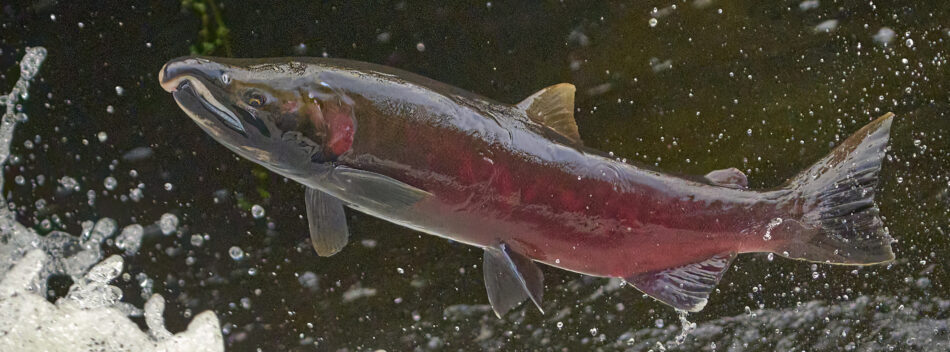
A December ice storm left interesting images in my backyard, including on this grape vine tendril.
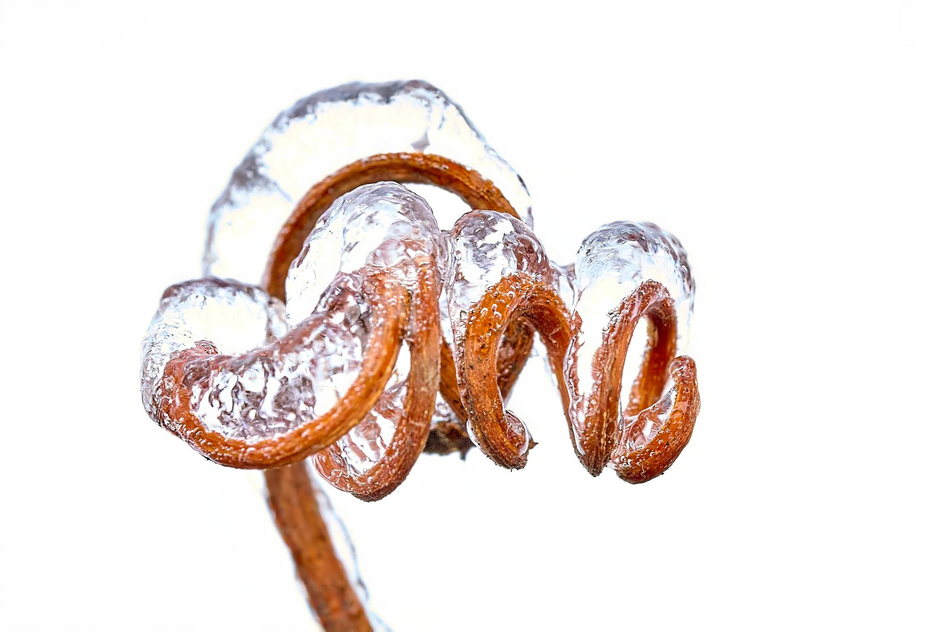
And to end the year, a quick trip to the Skagit and Nooksack Rivers in northwestern Washington allowed me to photograph Bald eagles (Haliaeetus leucocephalus). Whether I’m photographing eagles or refugees or uppity women, it’s a privilege to observe this fascinating world in which we live.
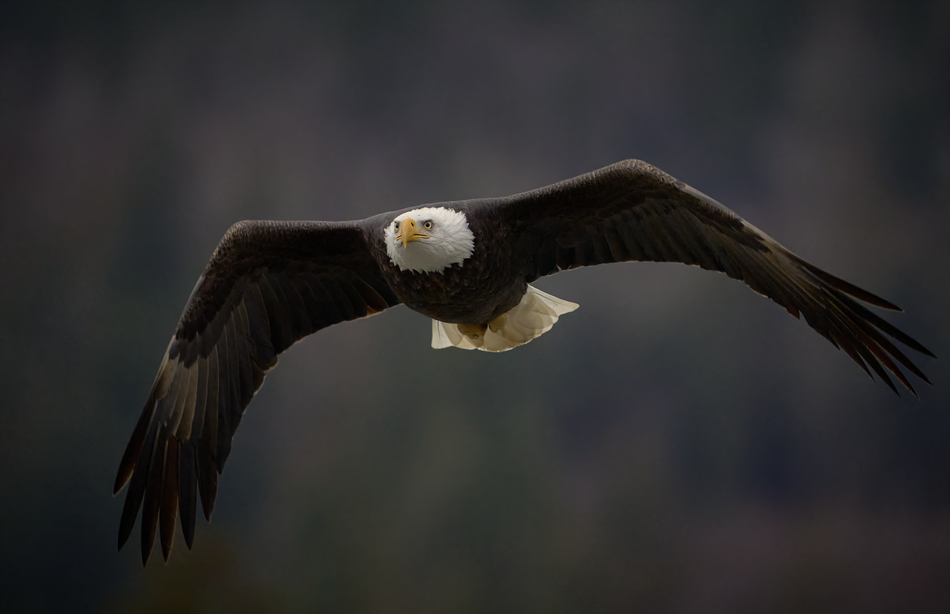
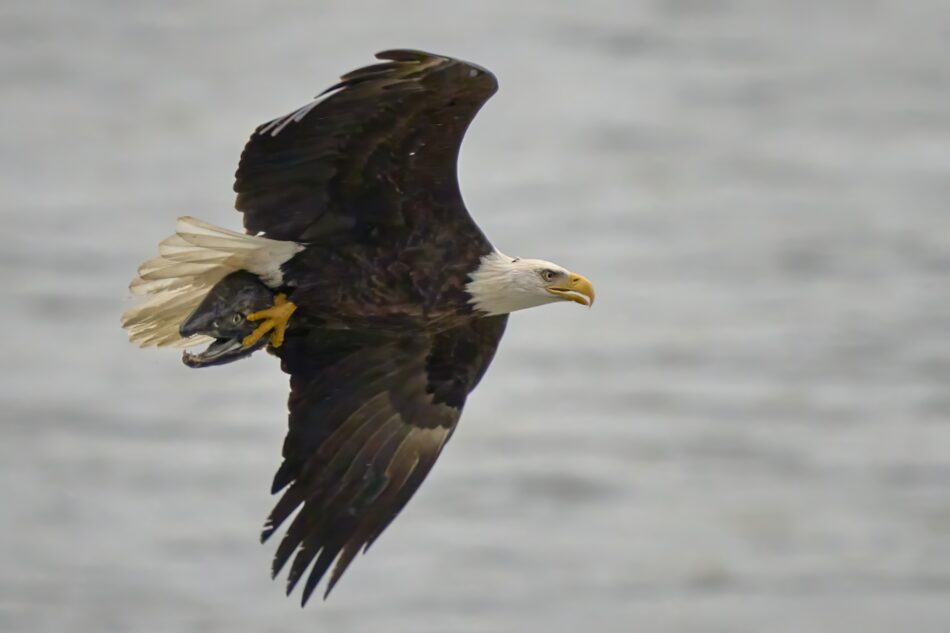
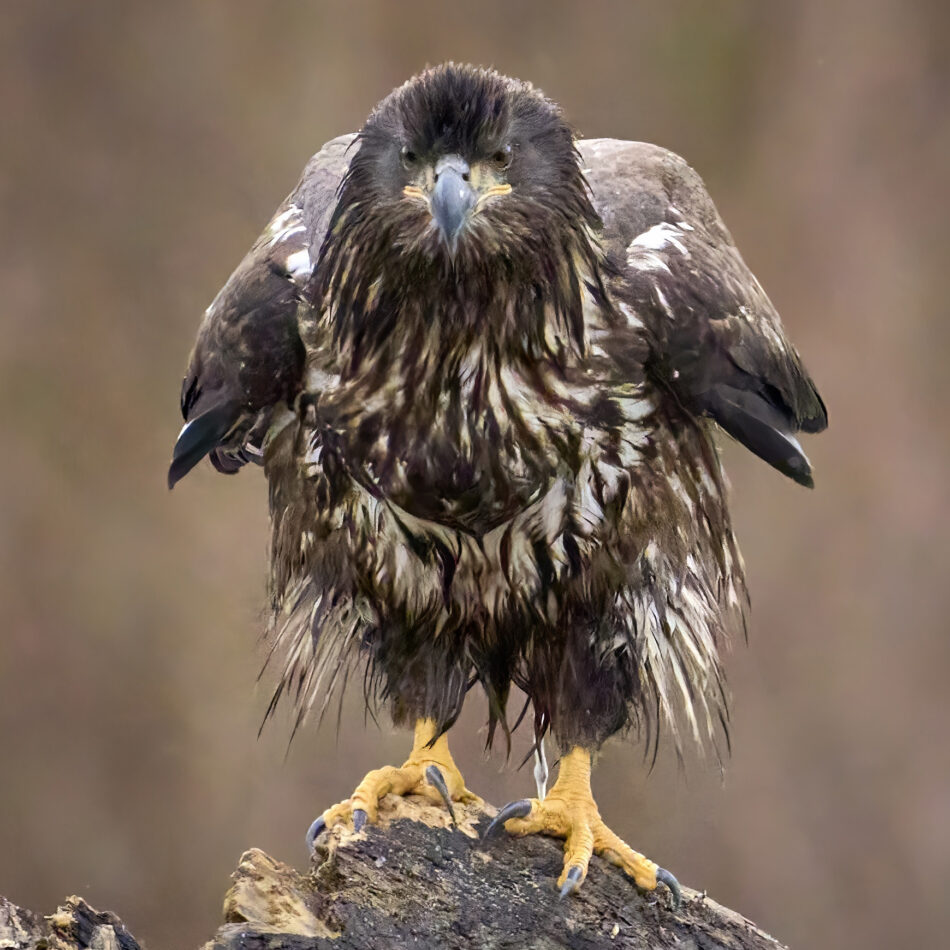
5 Responses to A year in Pictures – 2022